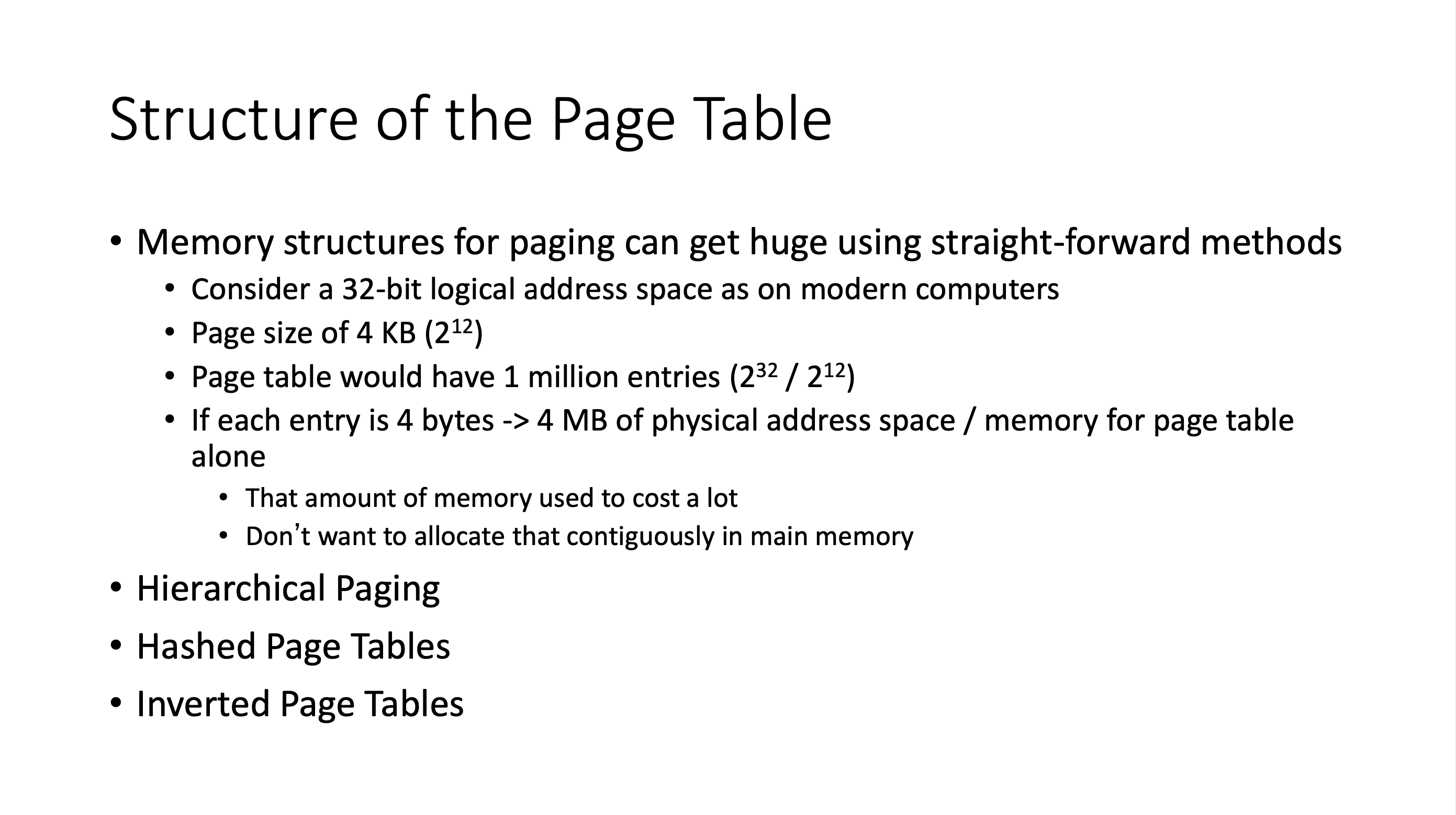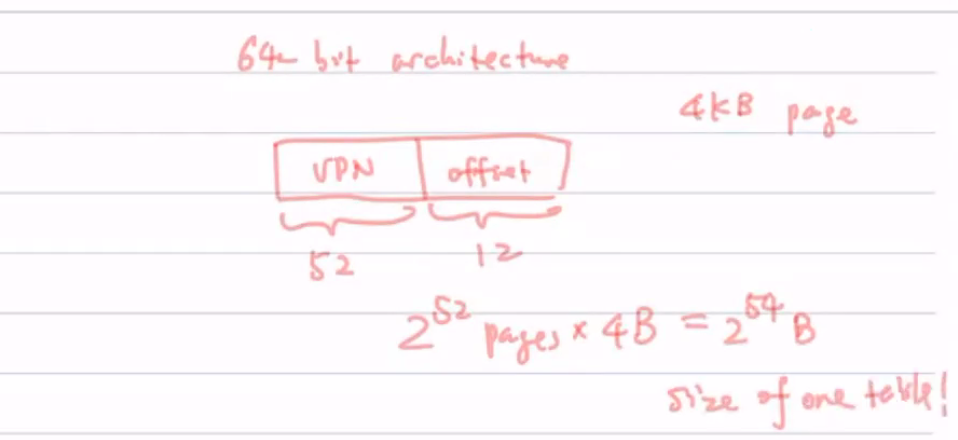Memory cont. #
Fragmentation #
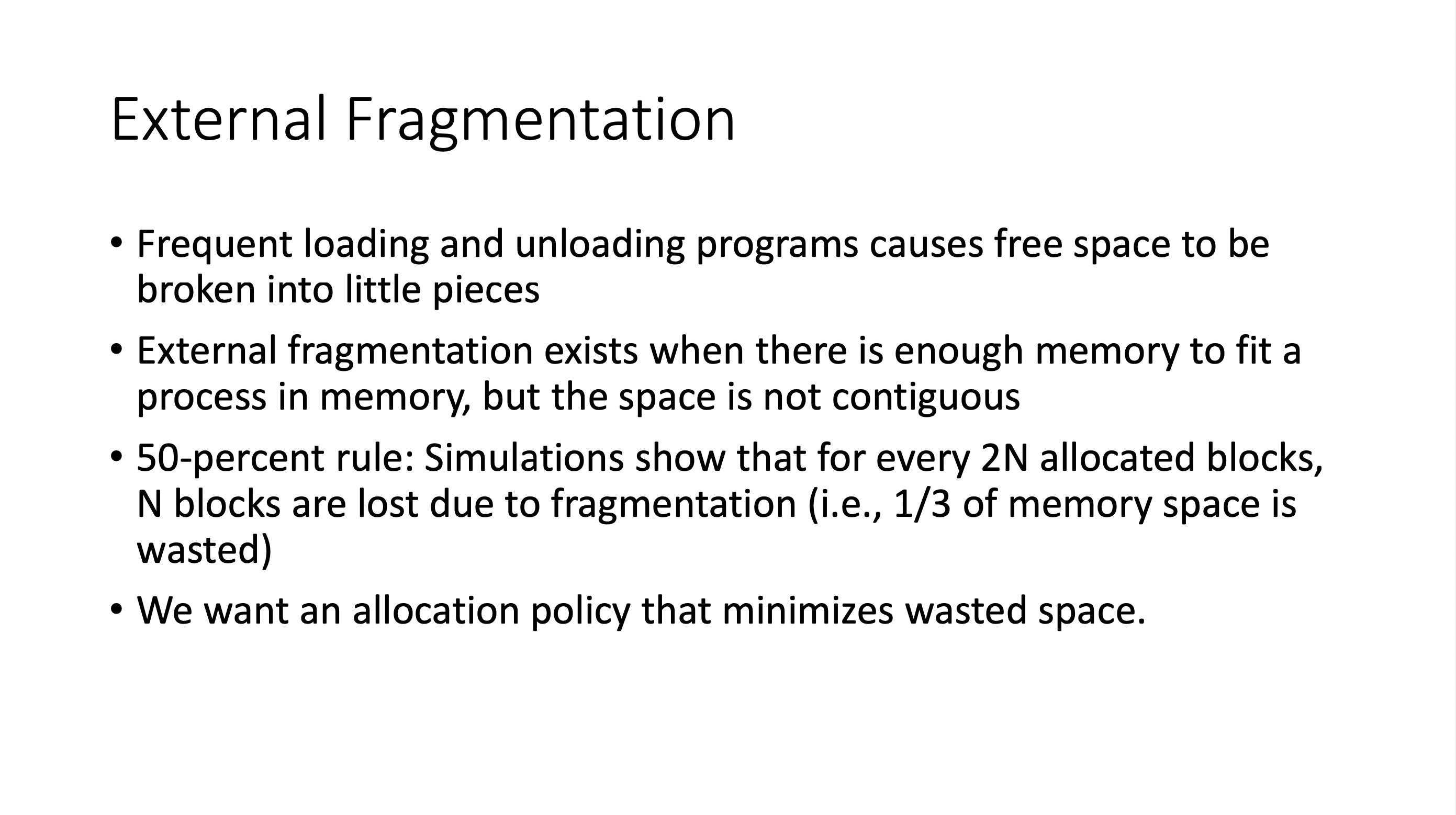
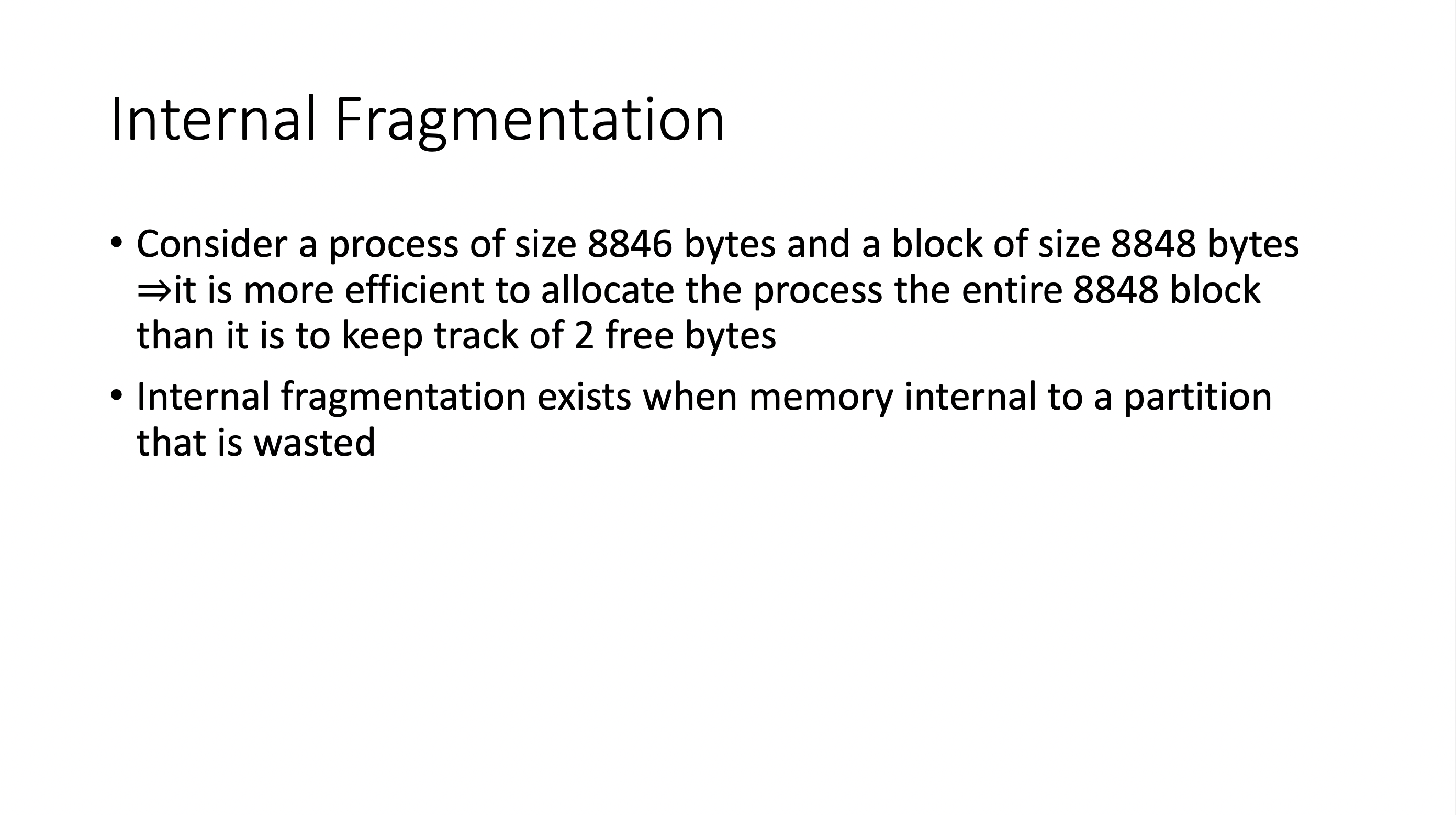
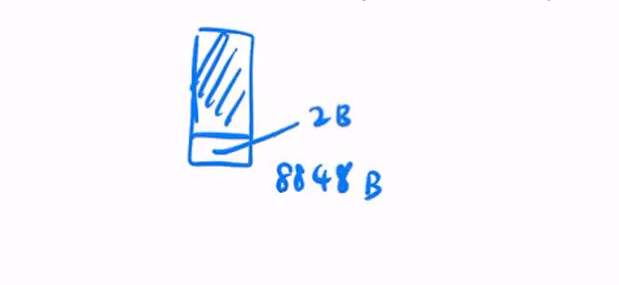
The small 2B chunk will never be able to be used, and the sum of all of these small gaps in memory is wasted, called internal fragmentation.
Compaction #
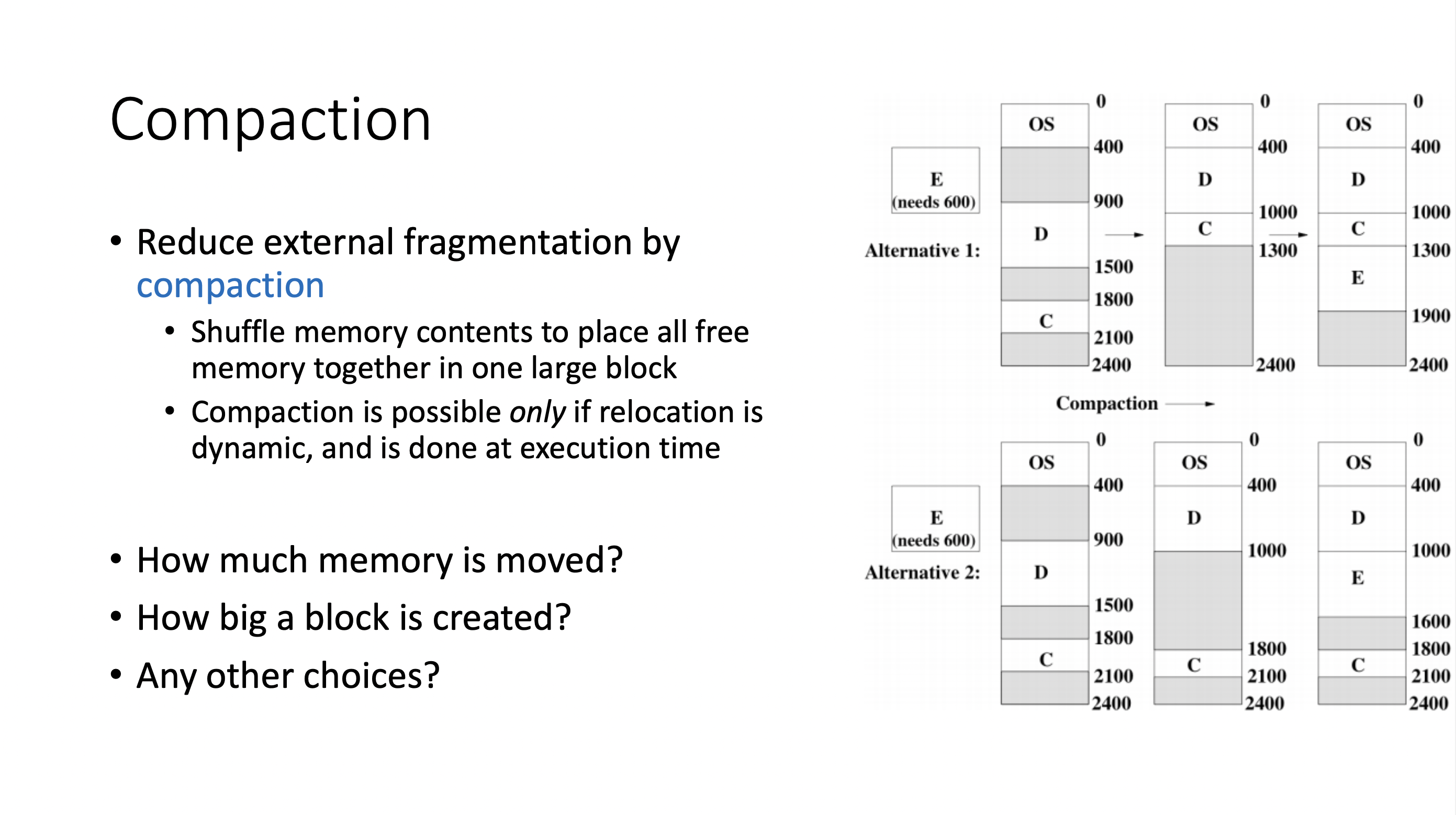
- compaction is expensive to invoke
Swapping #
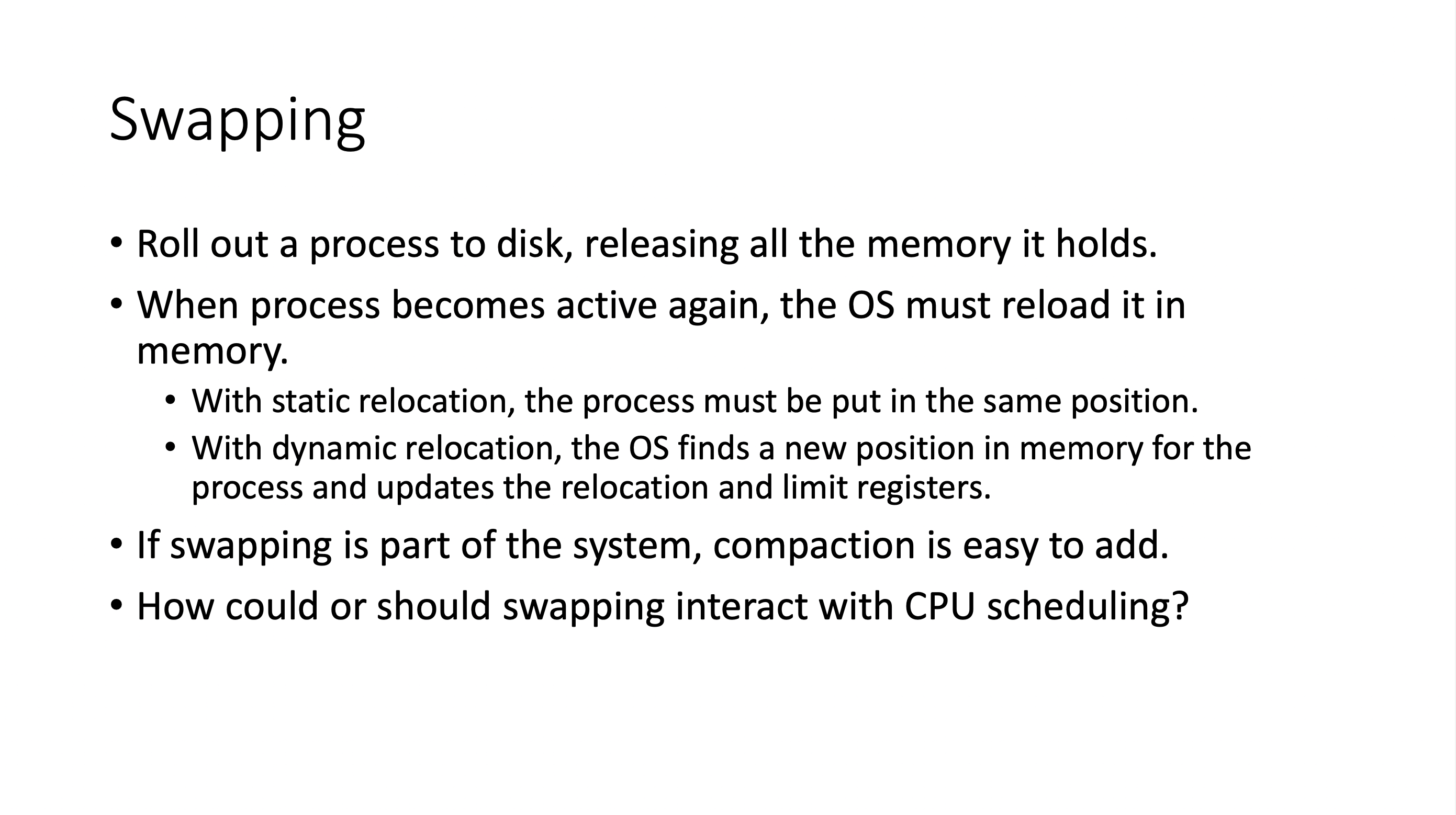
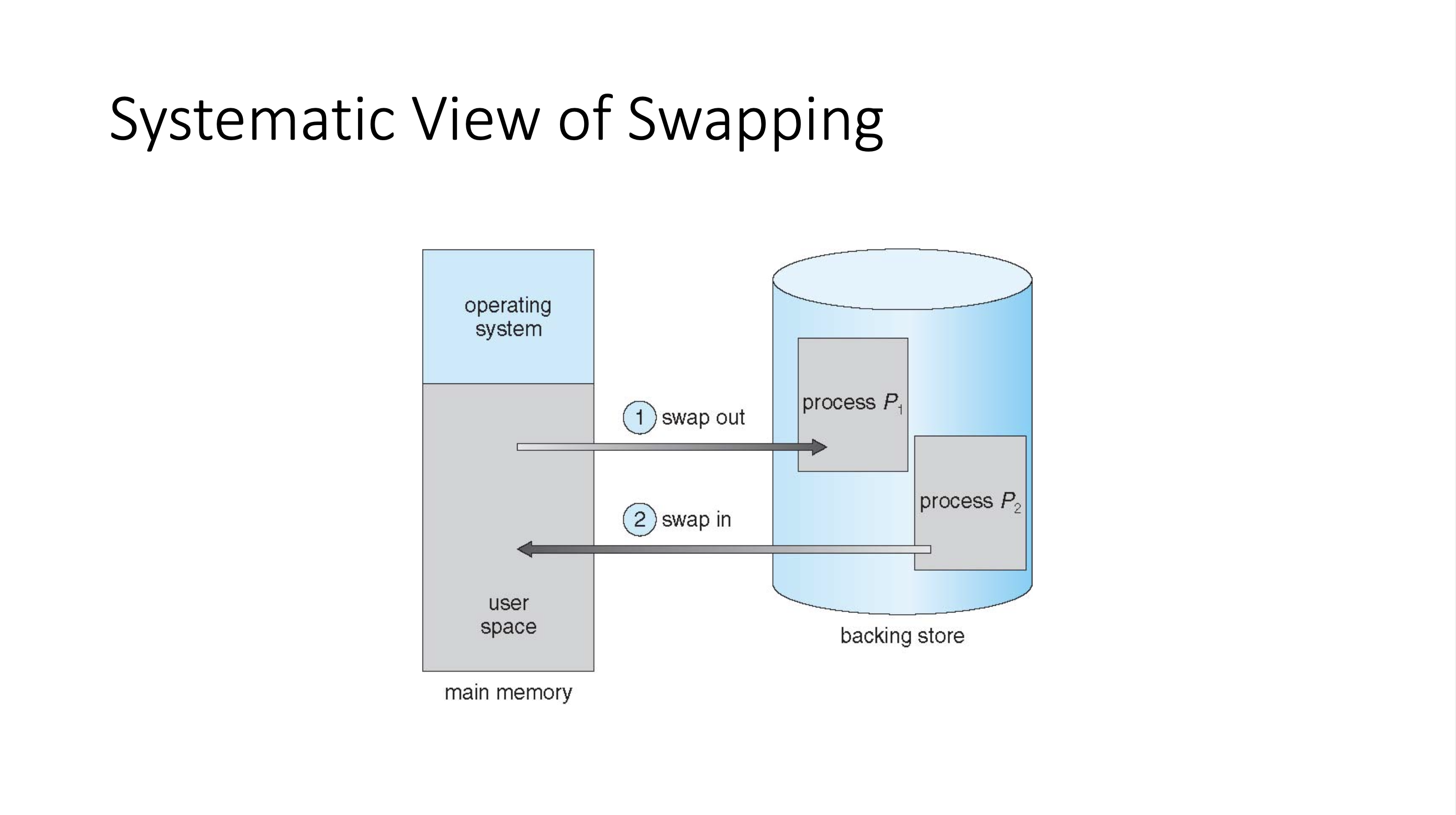
Segmentation #
One of the methods of implementing non-contiguous memory is segmentation.
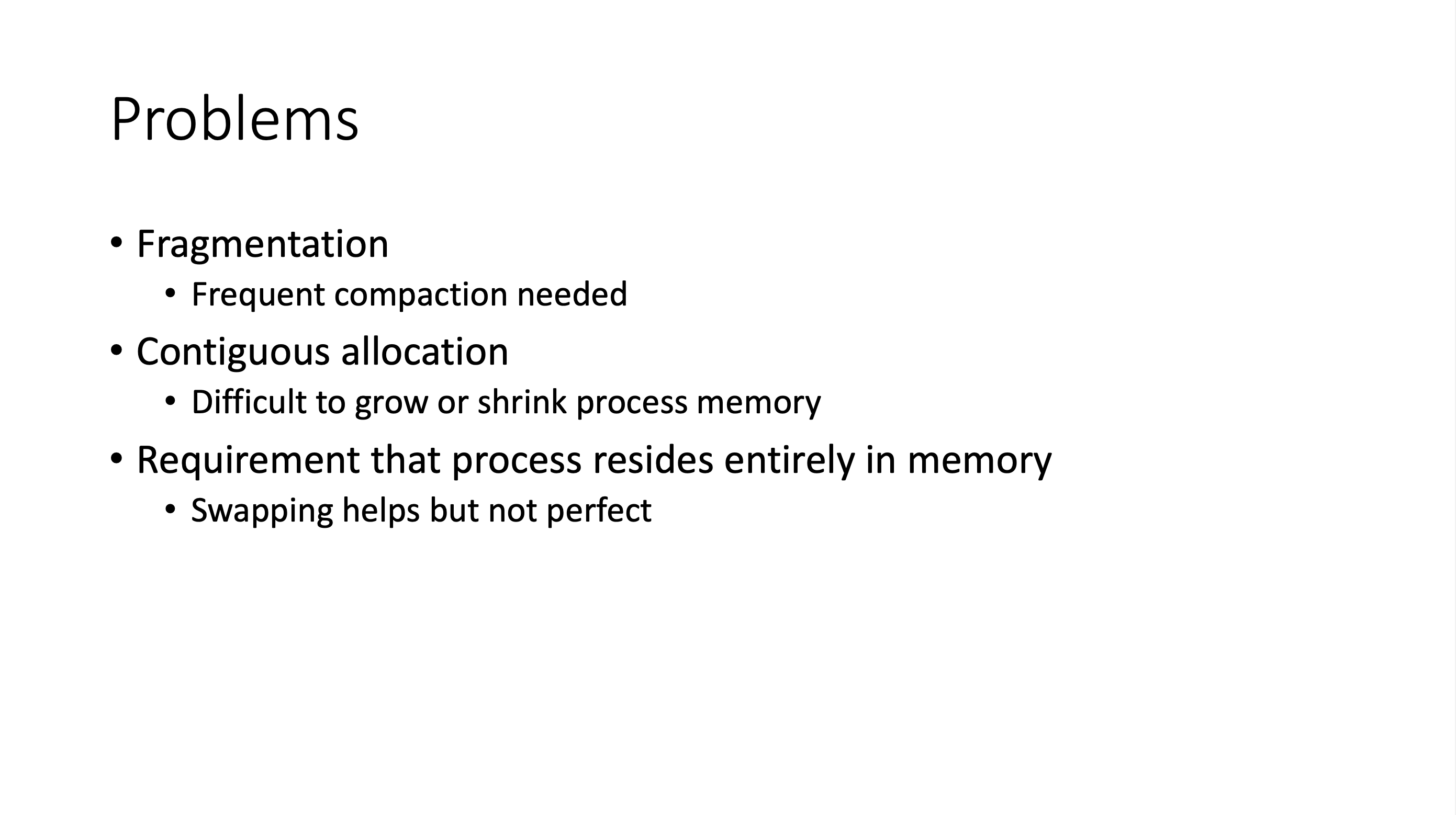
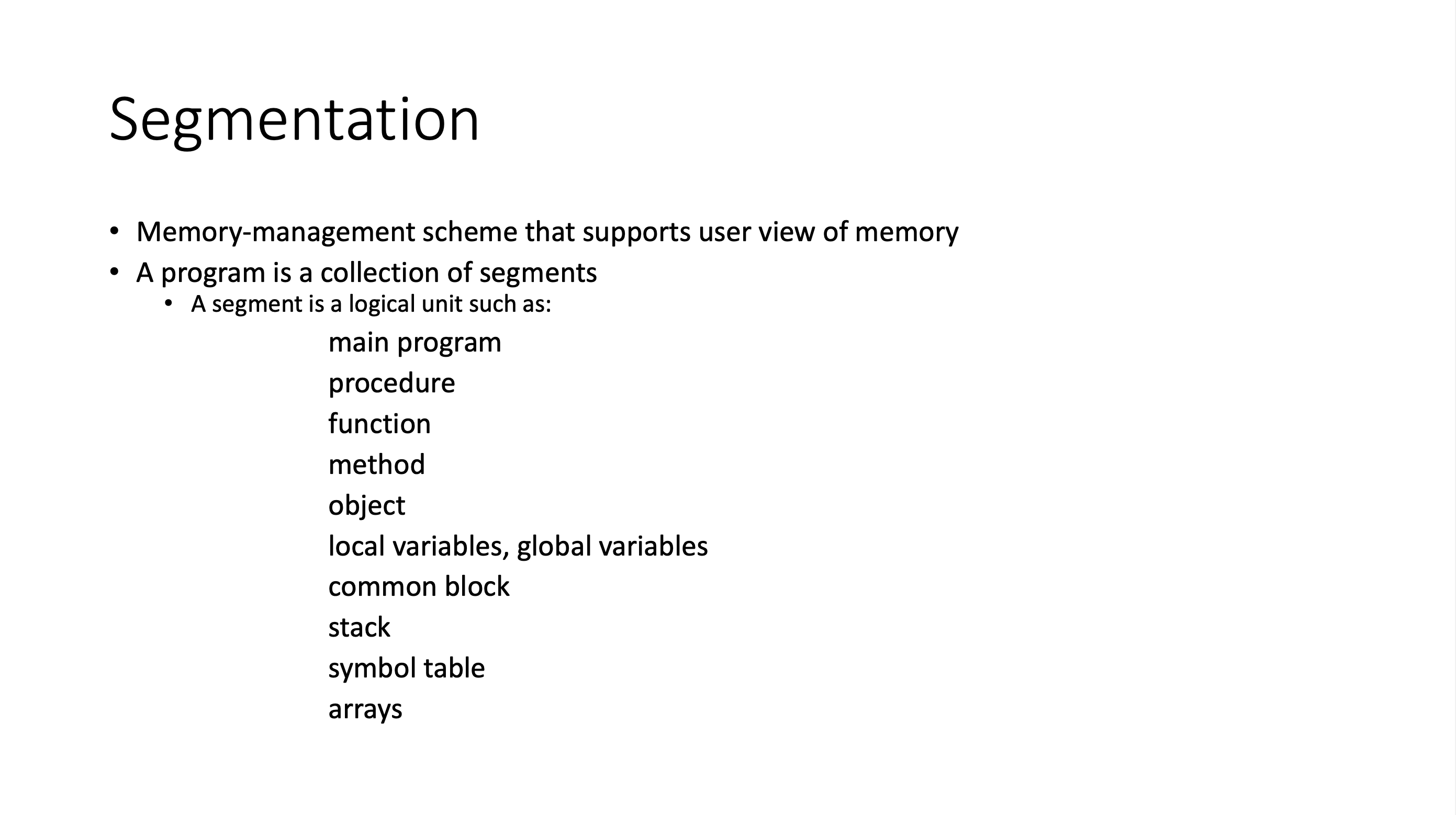
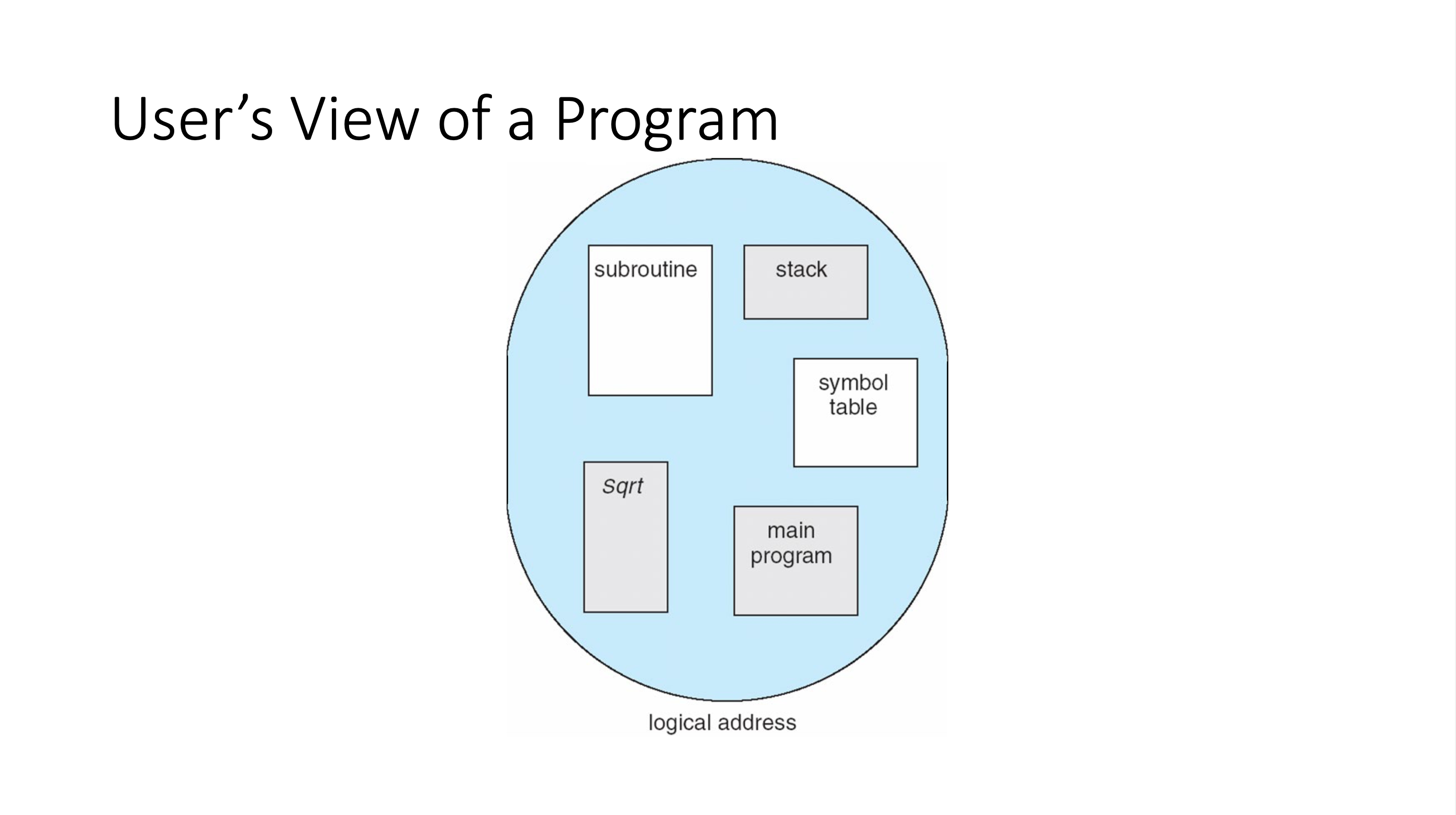
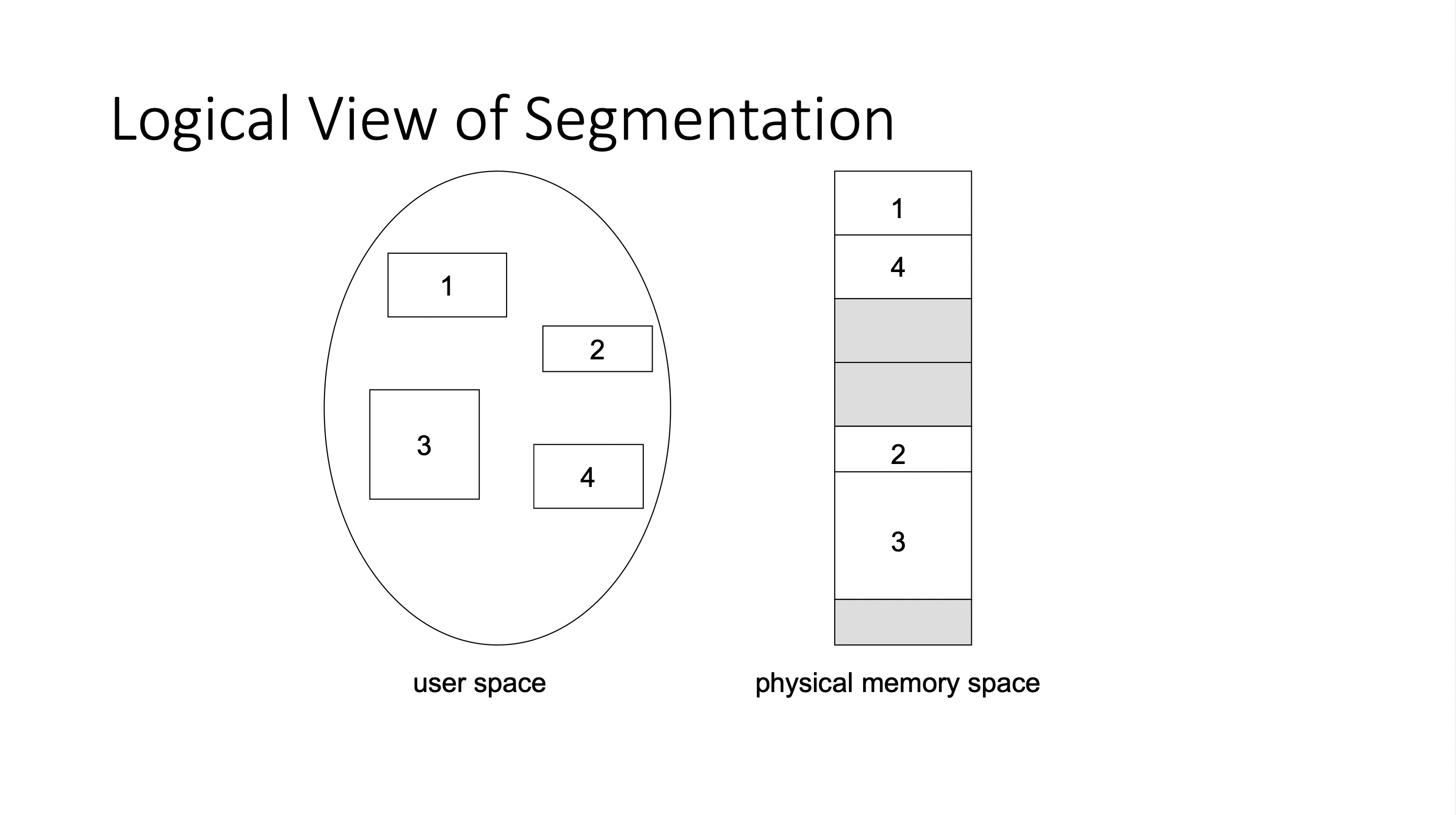
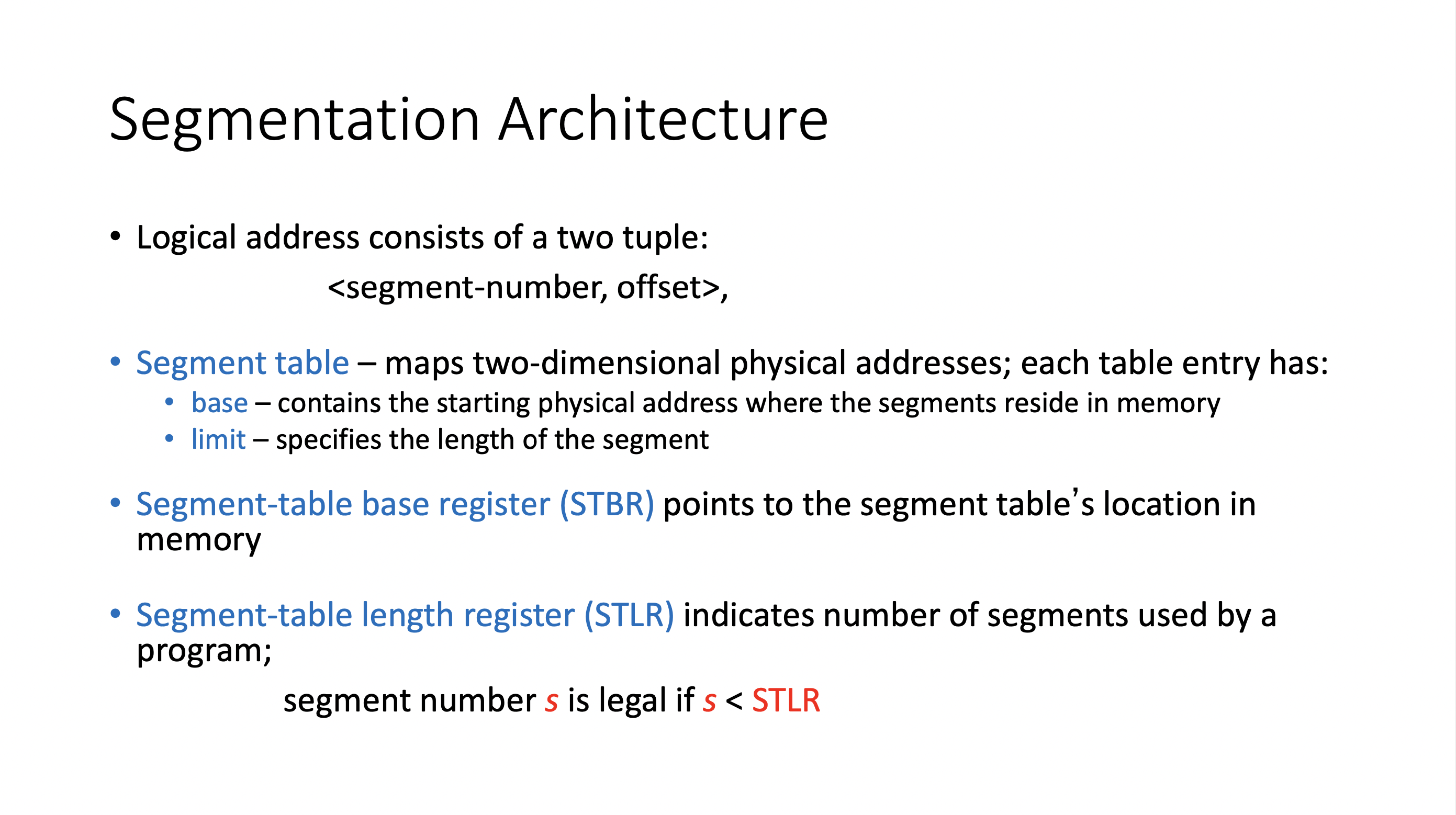
- an address may be something like
<3, 14>, which represents segment 3 with a 14 byte offset - another table keeps track of the segment’s addresses and lengths
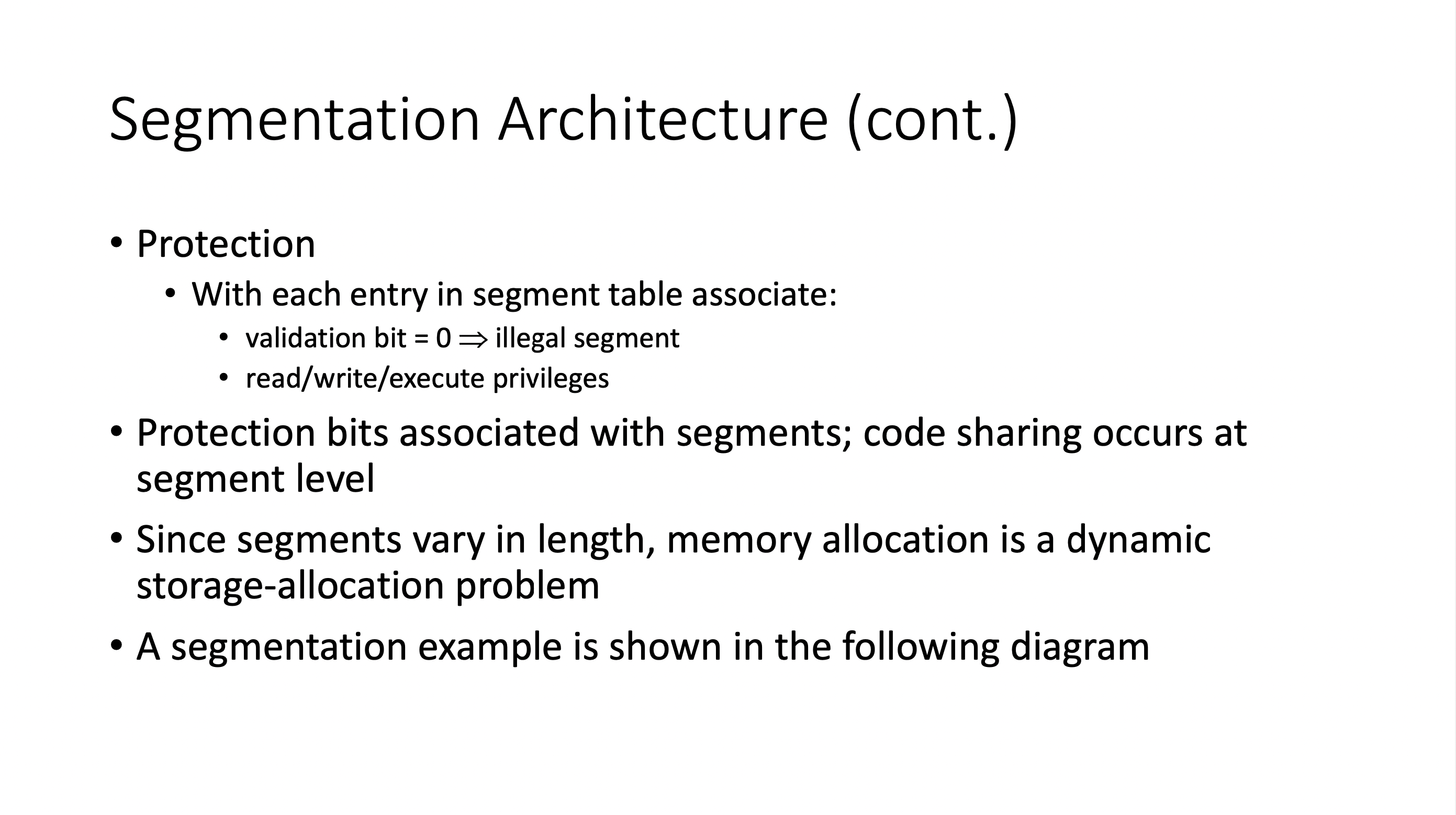
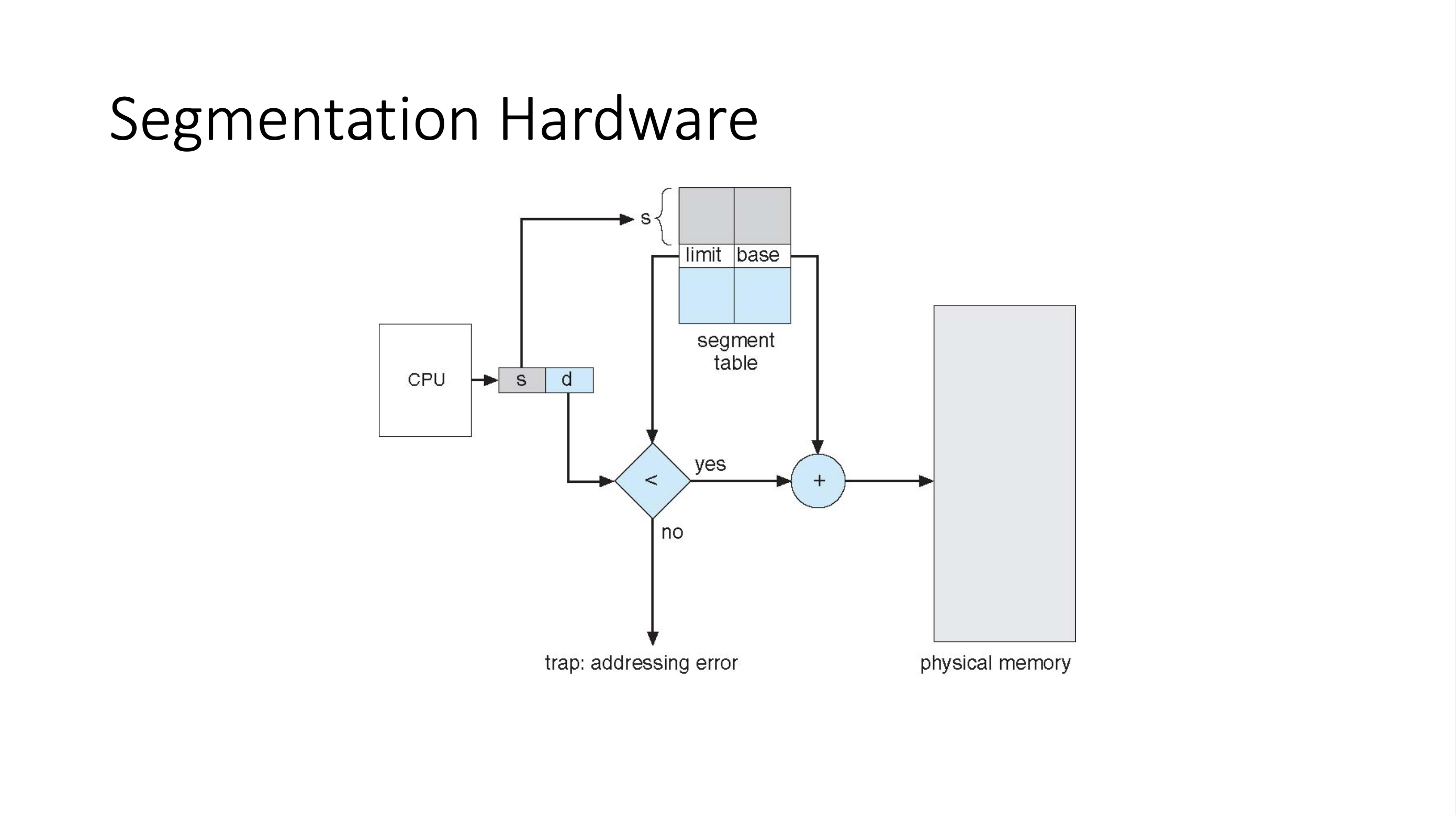
Paging #
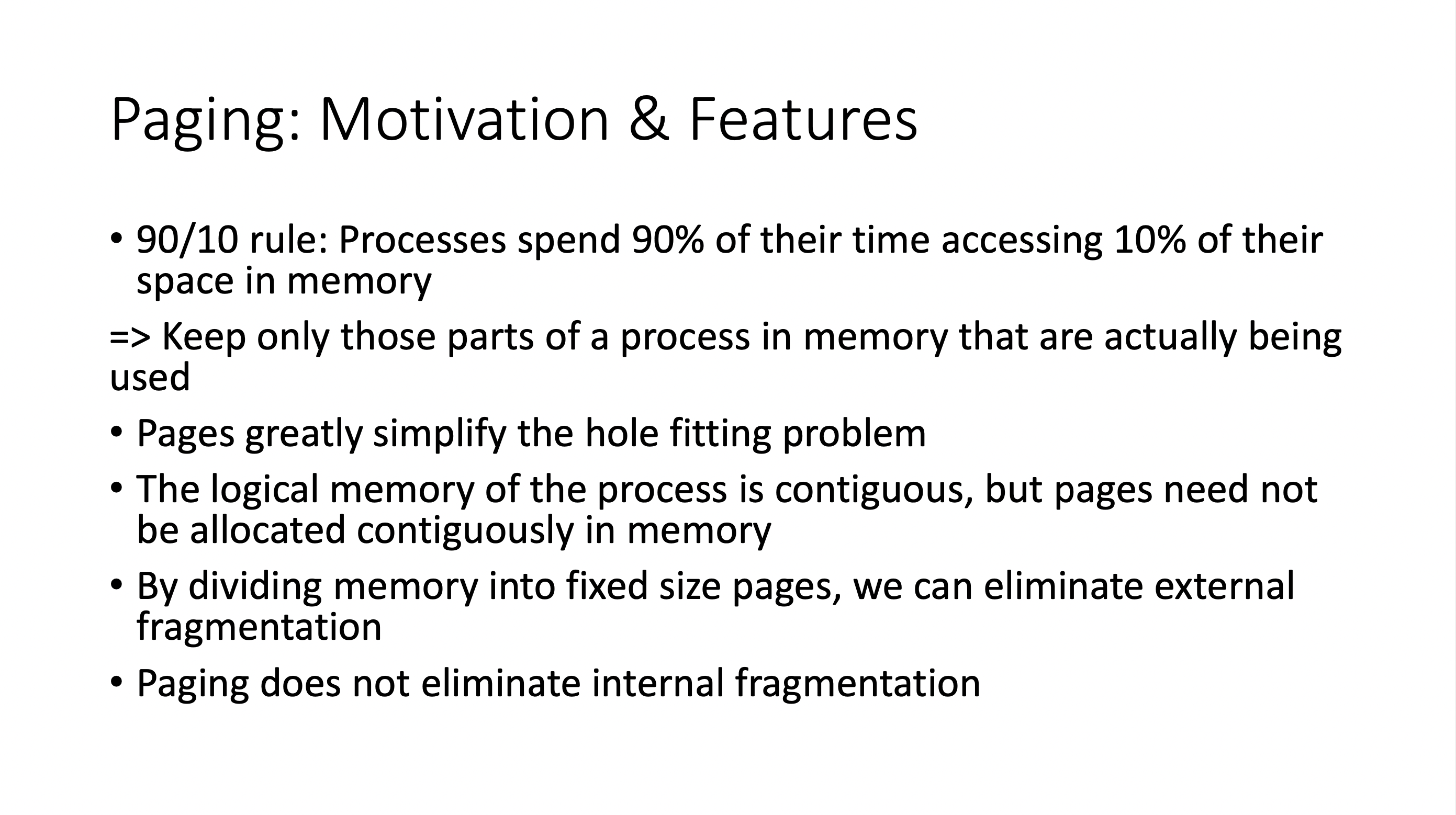
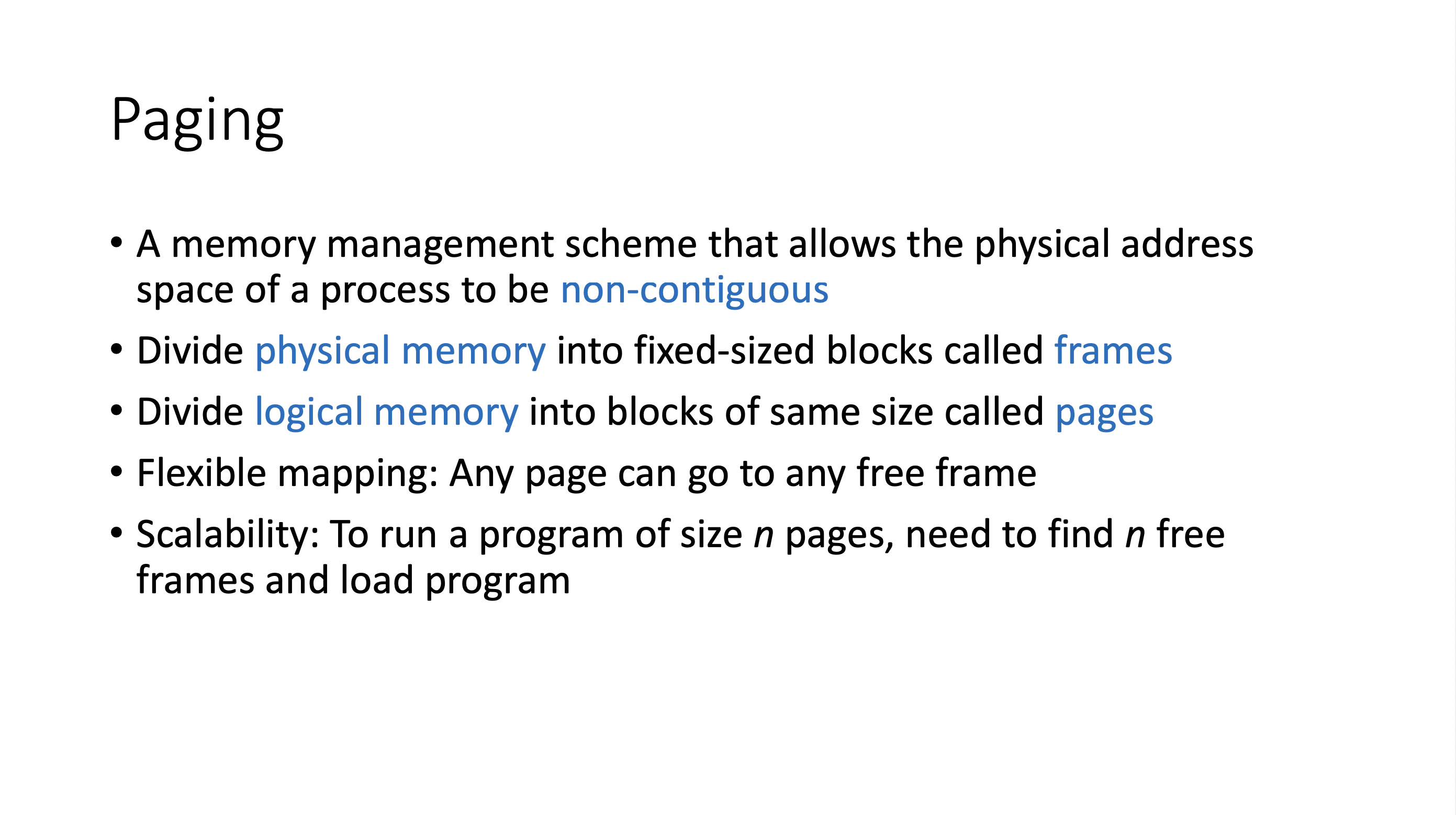
- similar to segmentation, except that everything is divided into equal size blocks
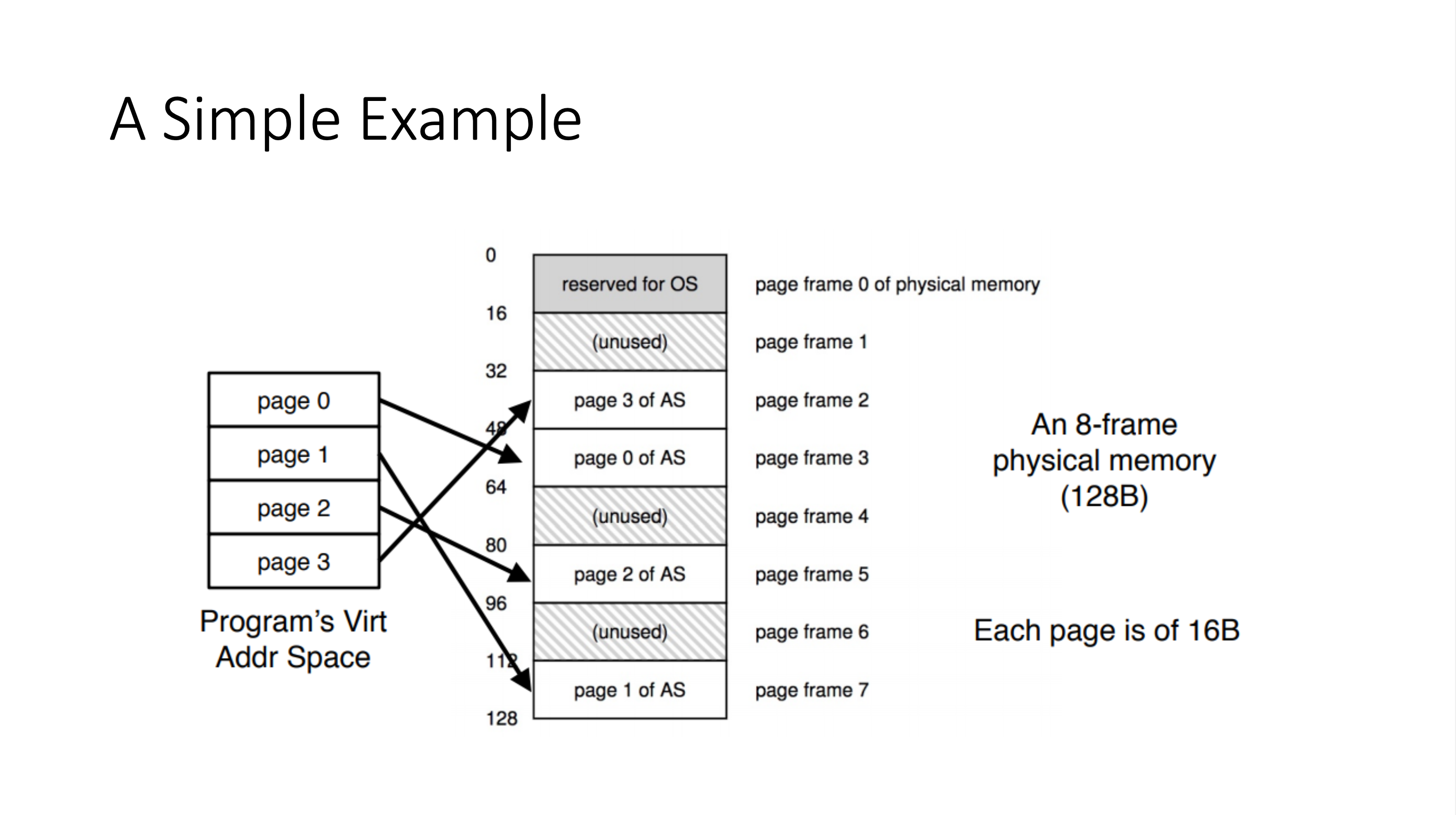
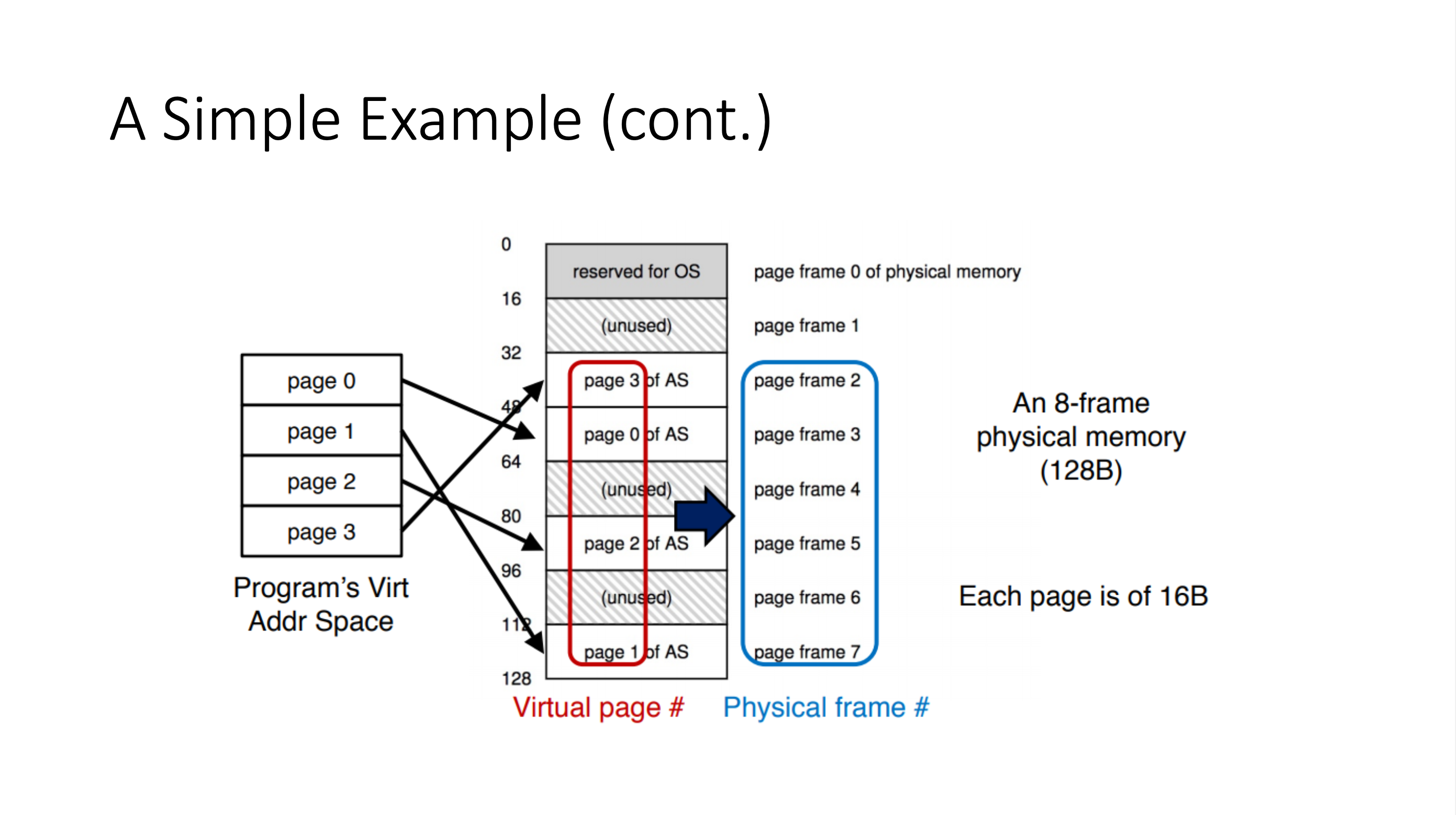
Addressing #
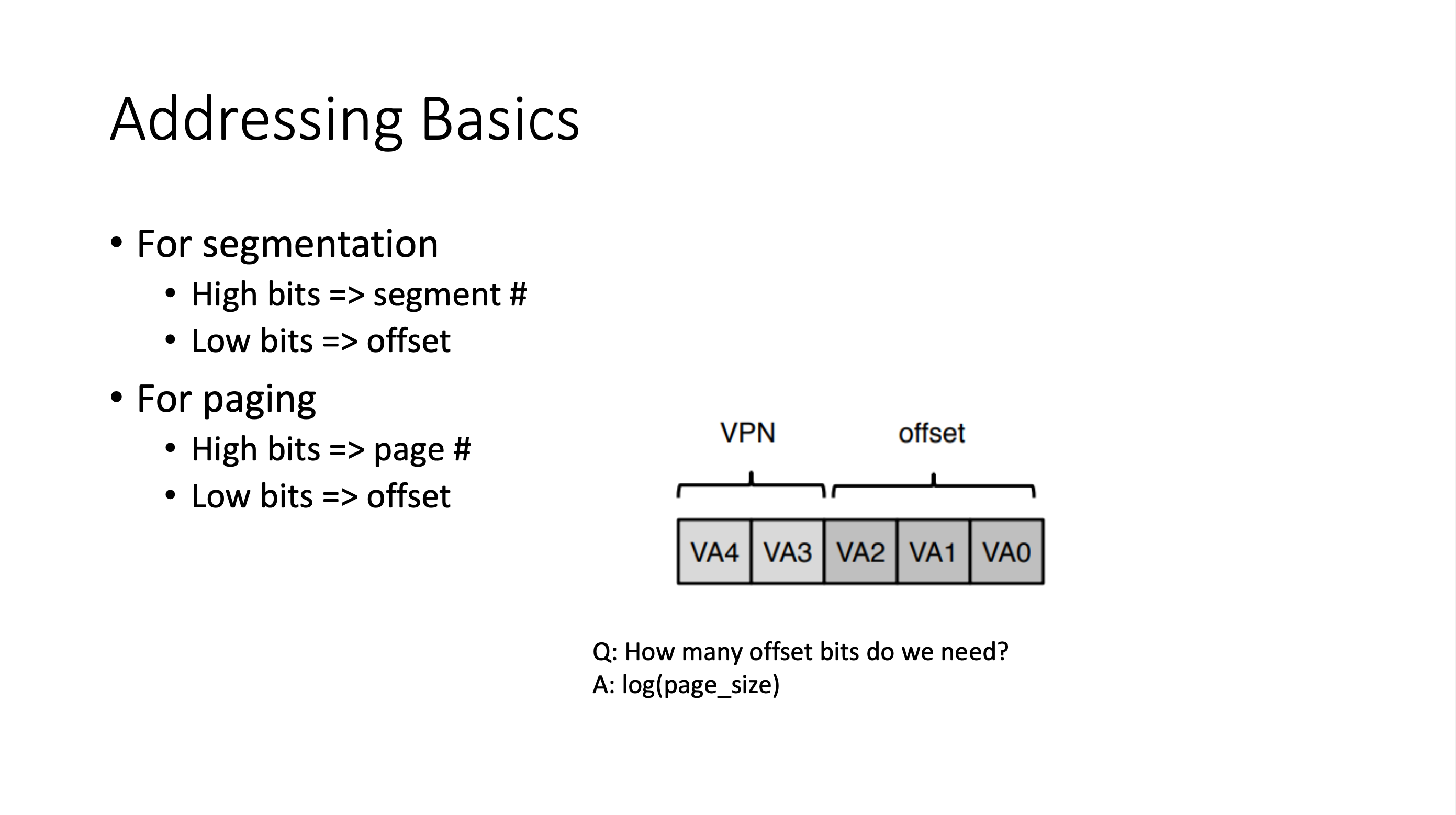
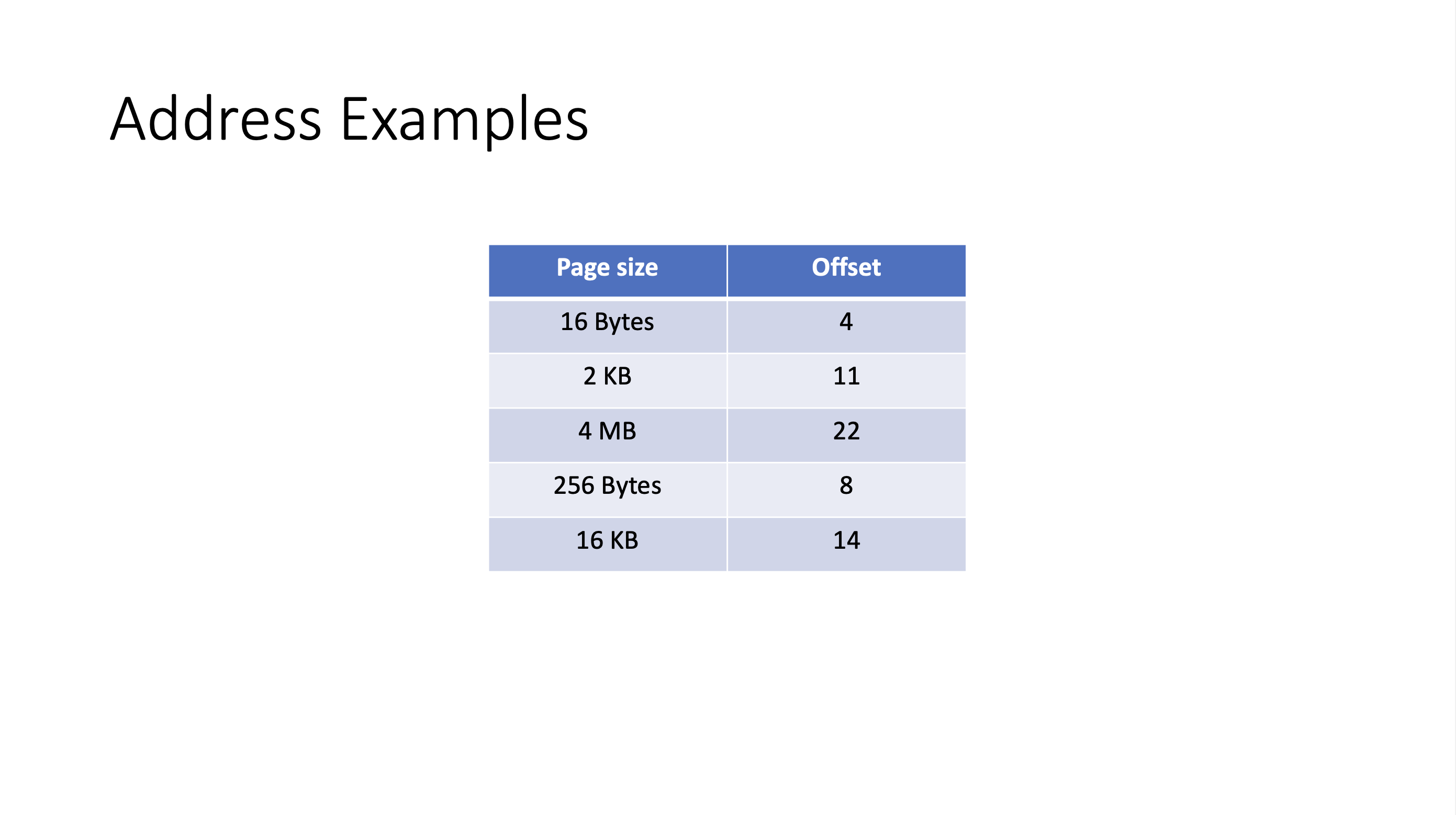
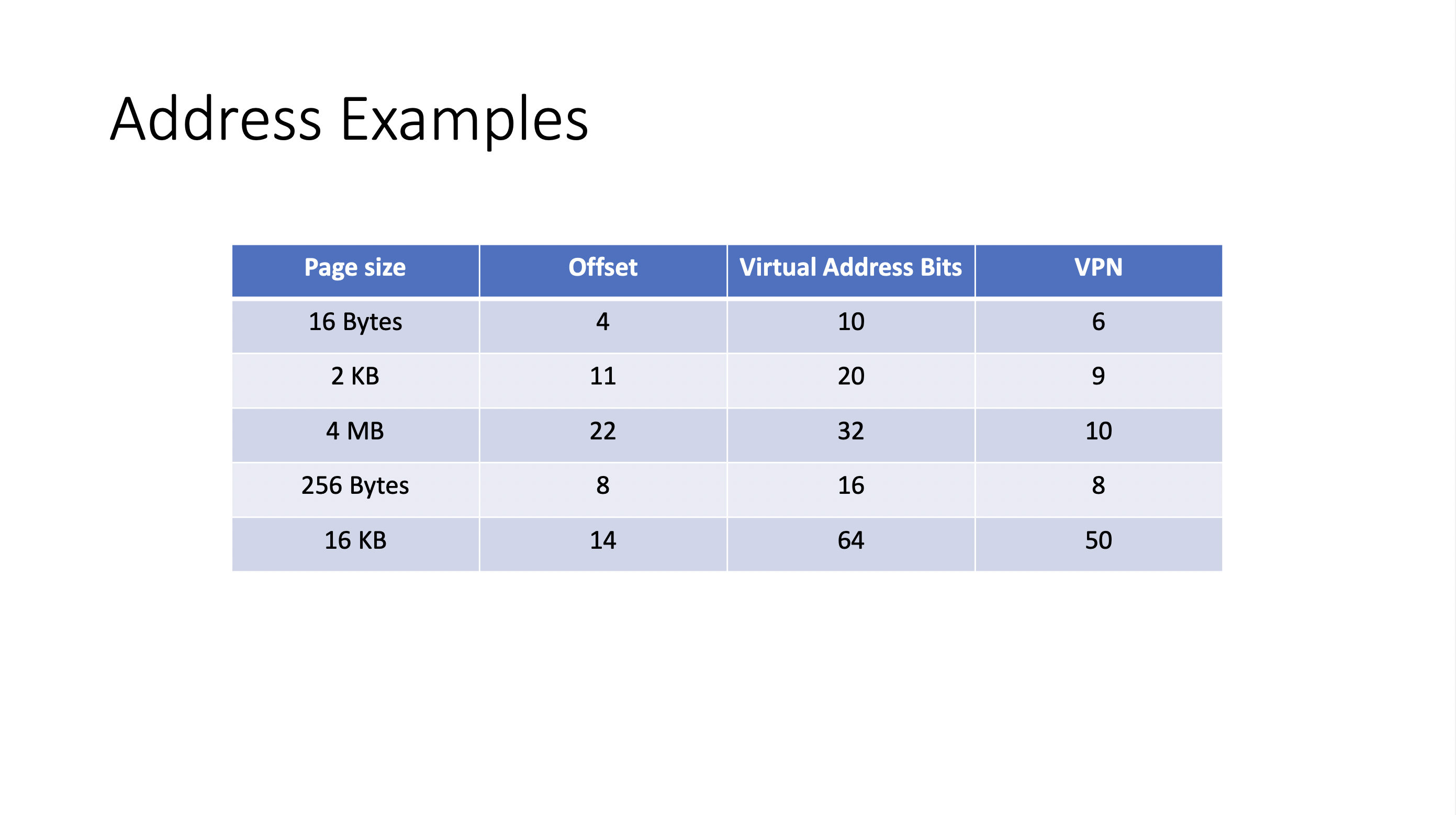
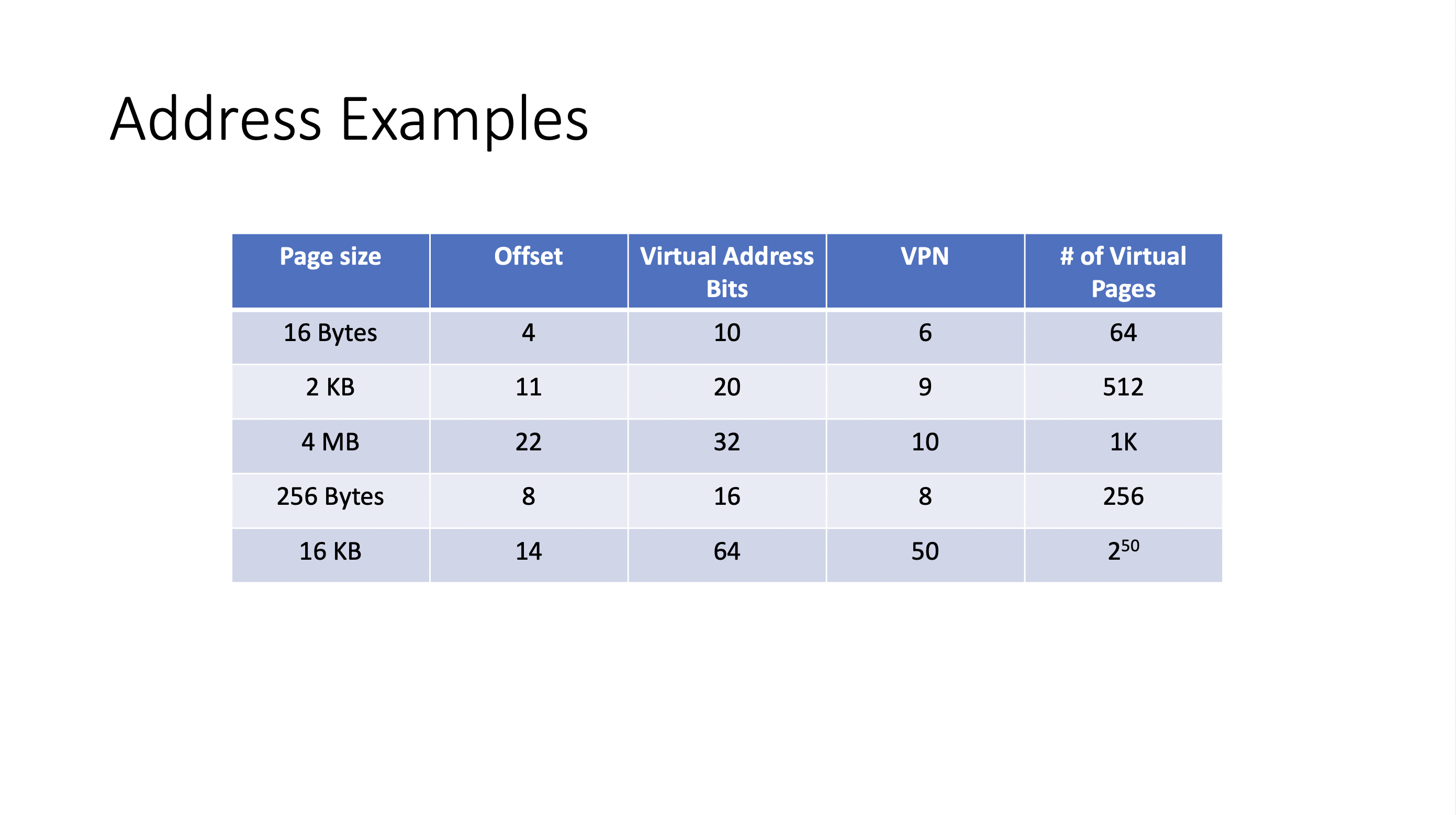
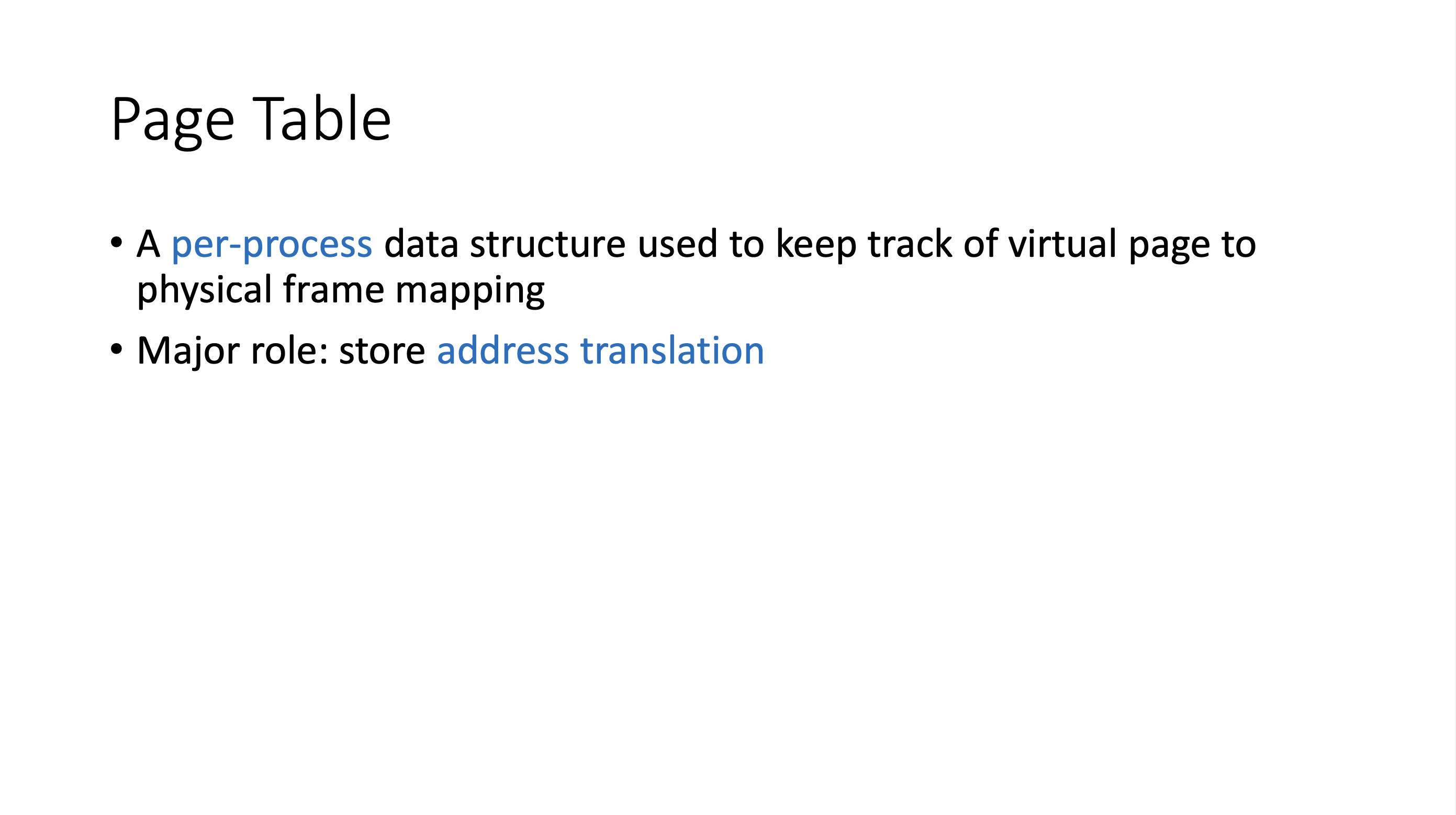
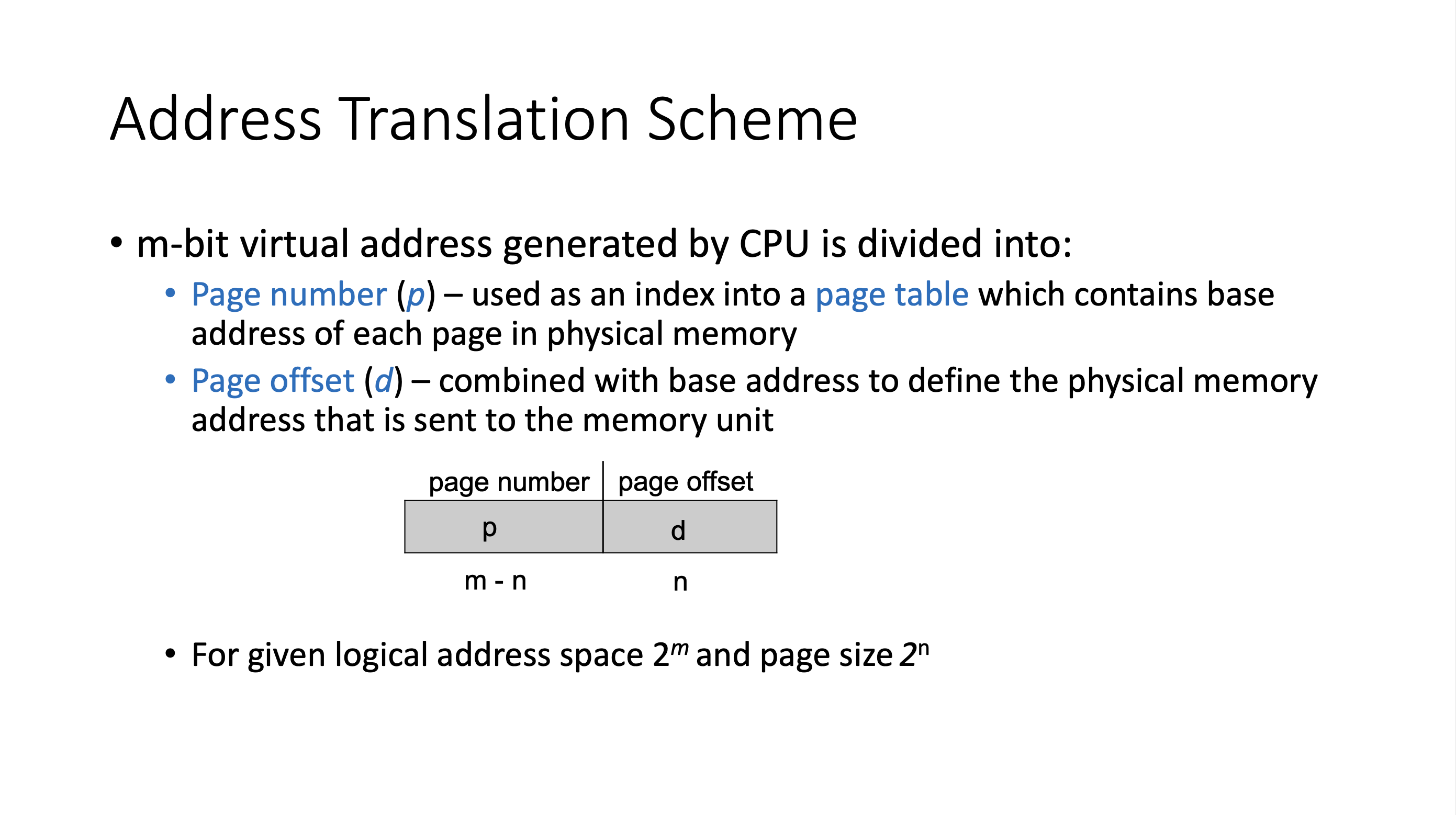
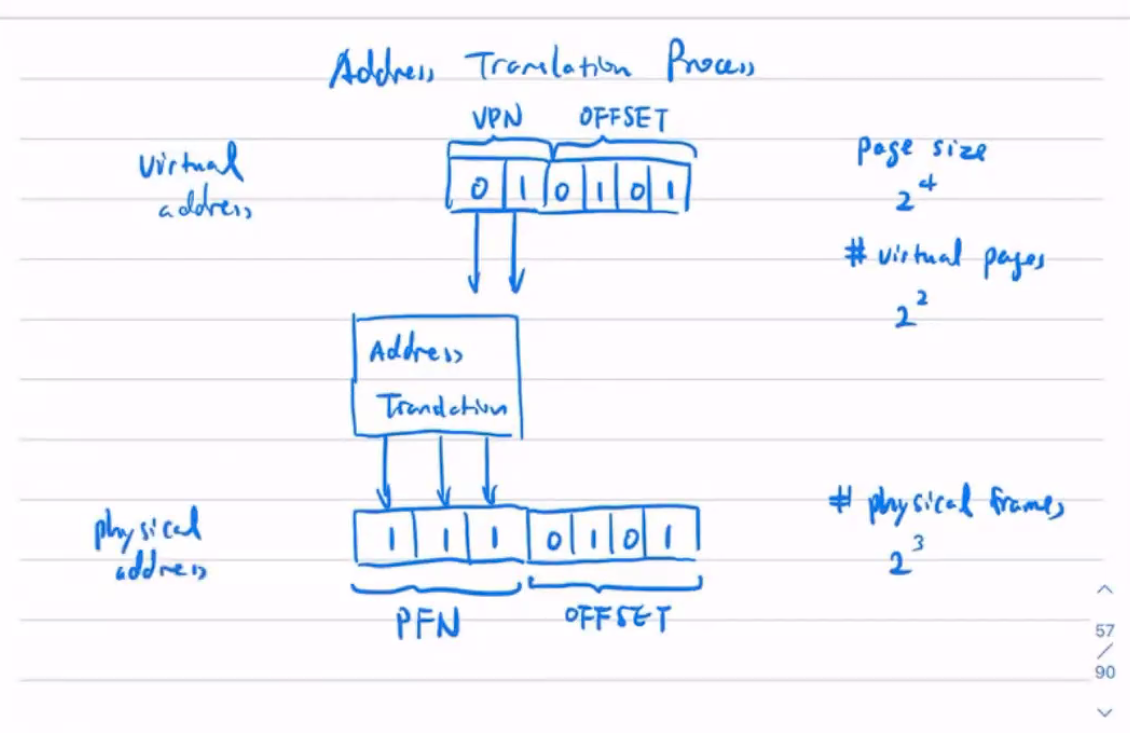
VPN = “virtual page number”, PFN = “physical frame number”
Paging hardware #
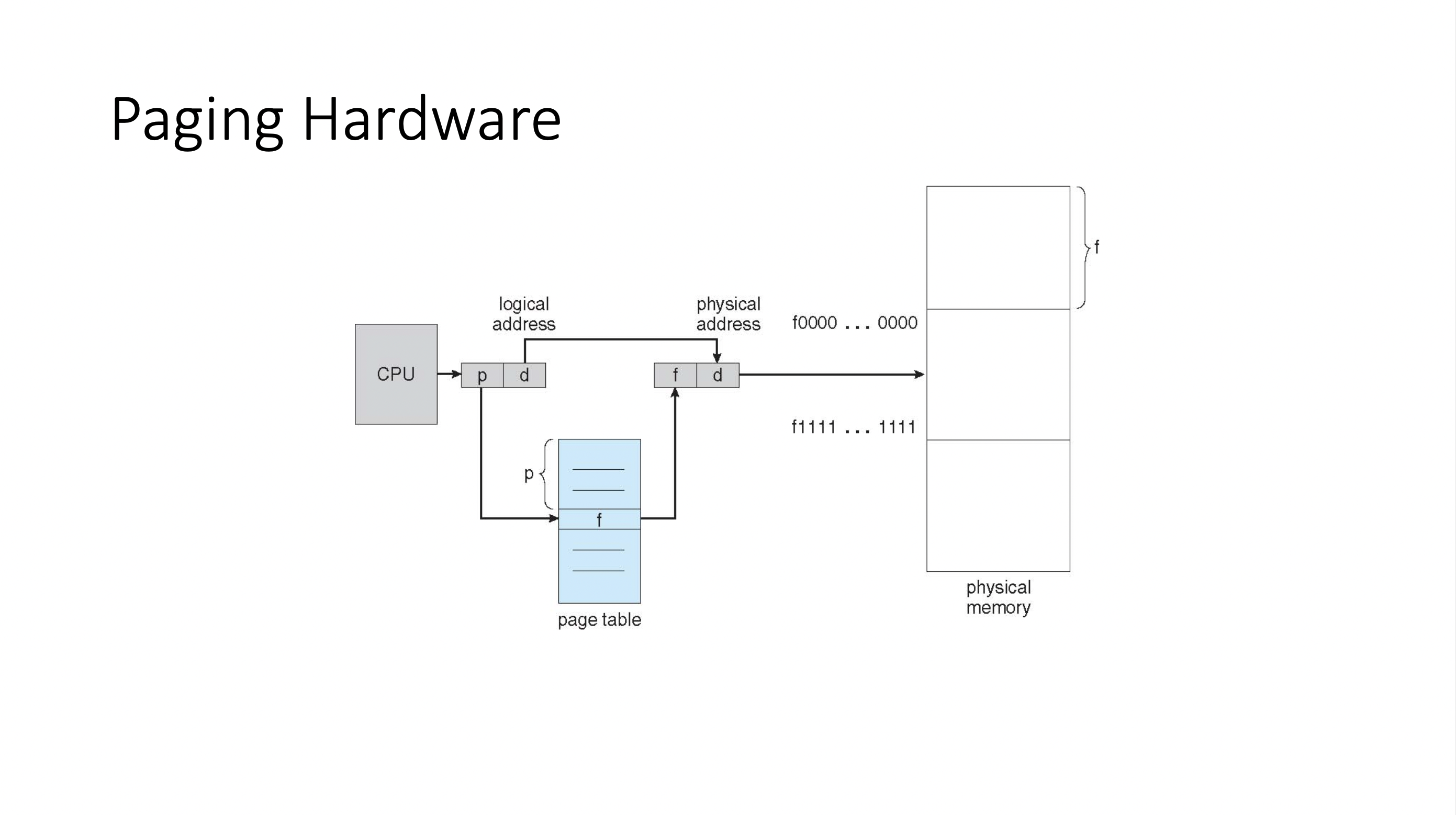
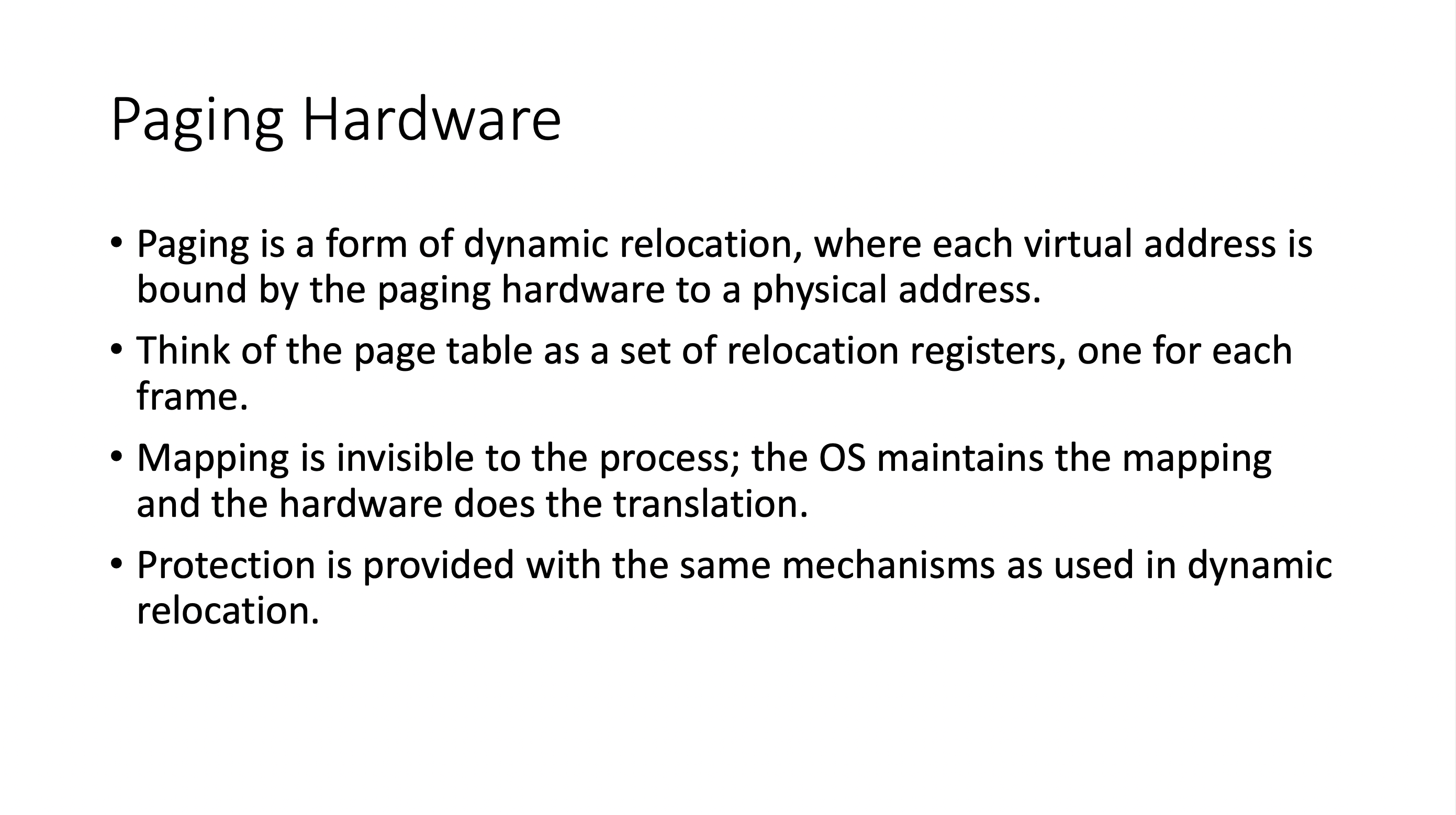
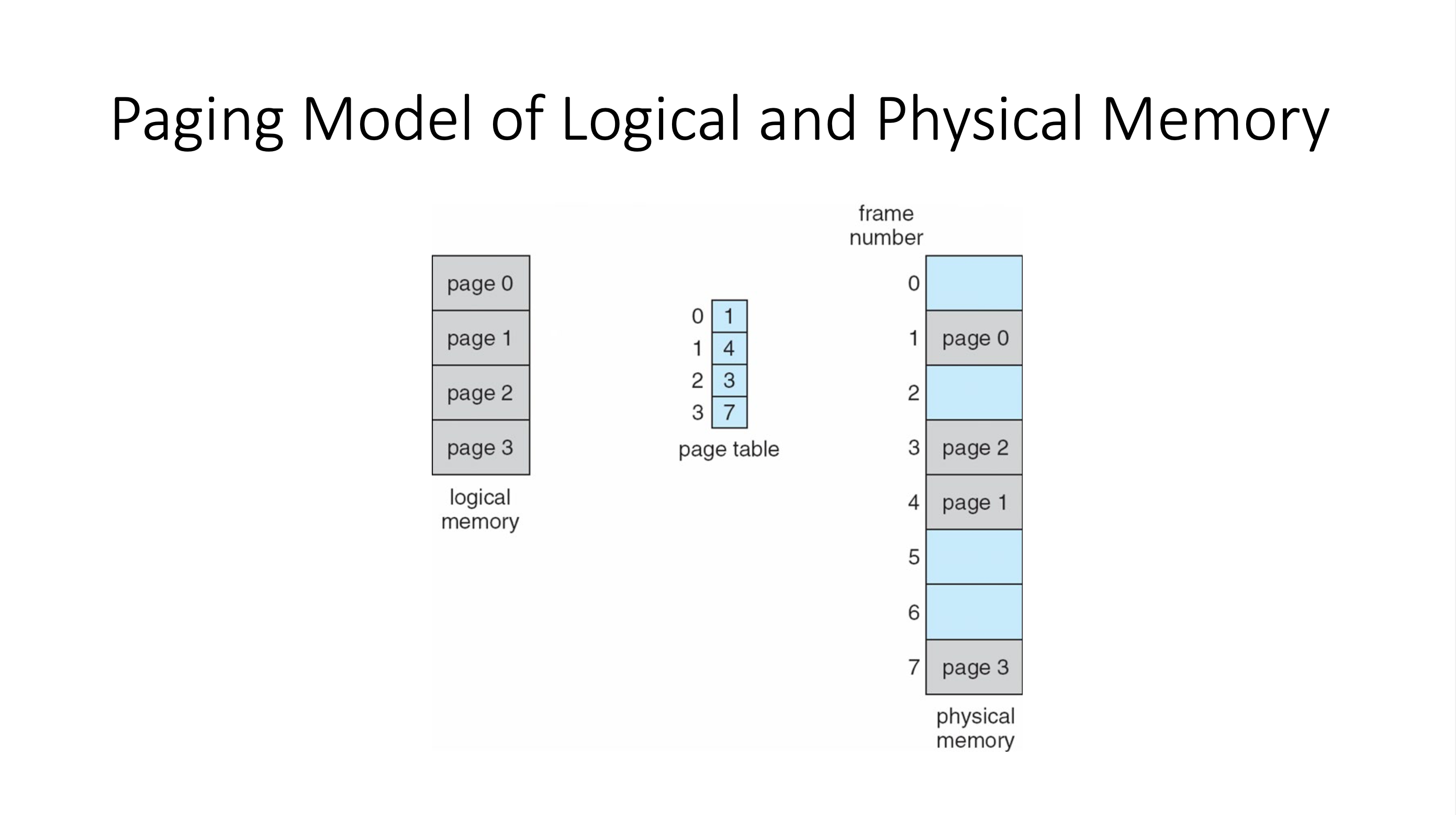
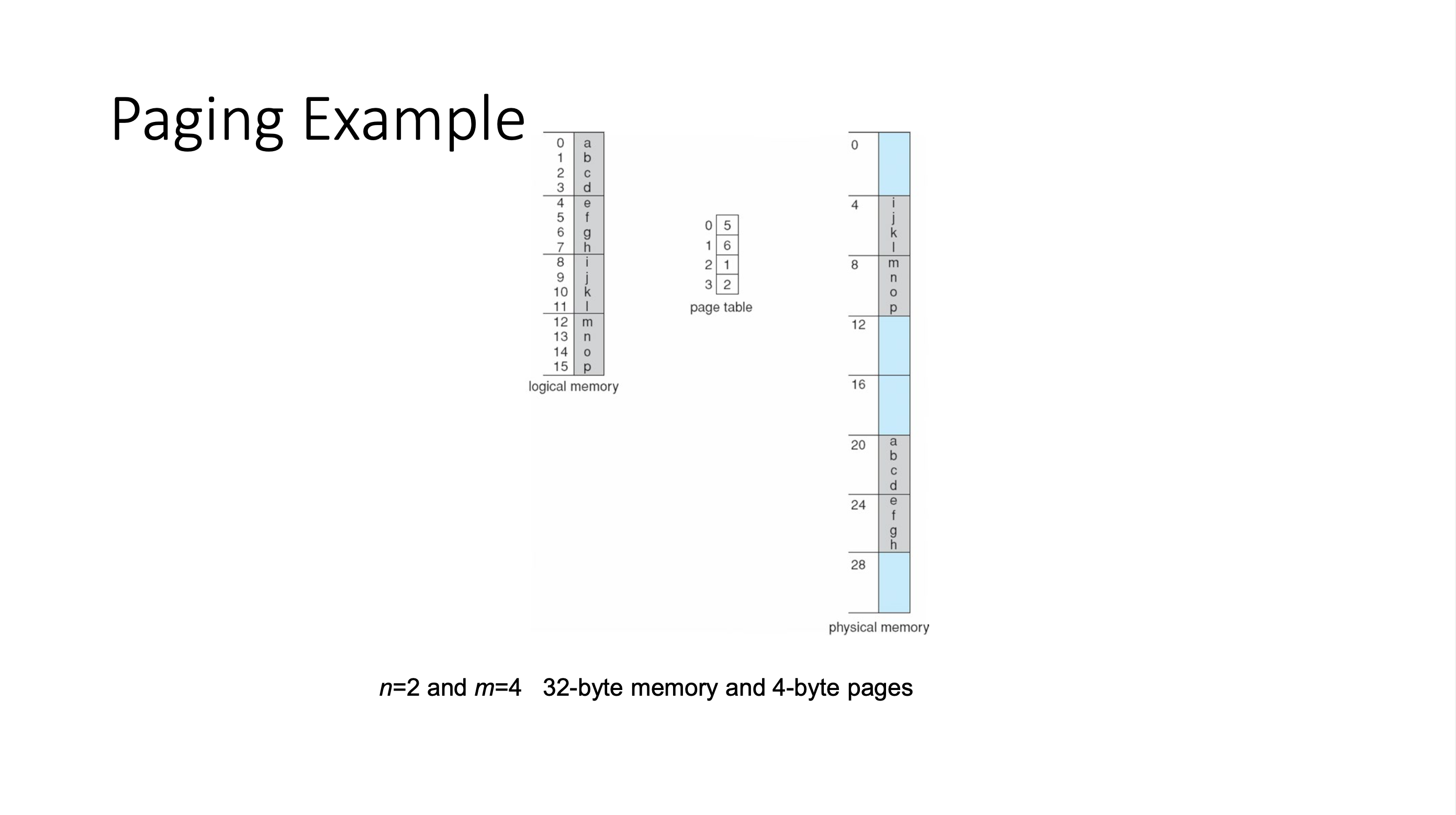
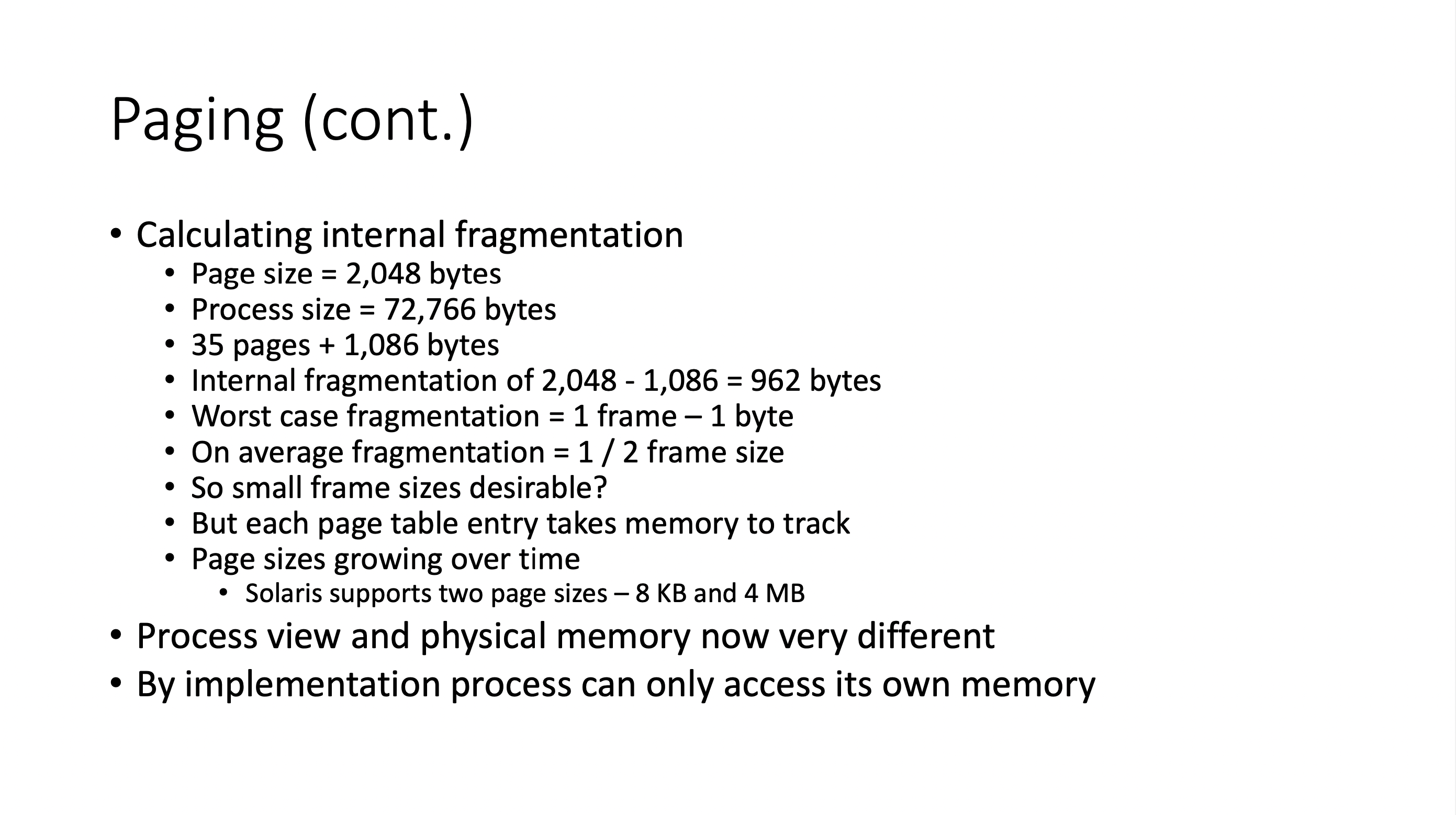
- paging suffers internal fragmentation
- paging solves external fragmentation
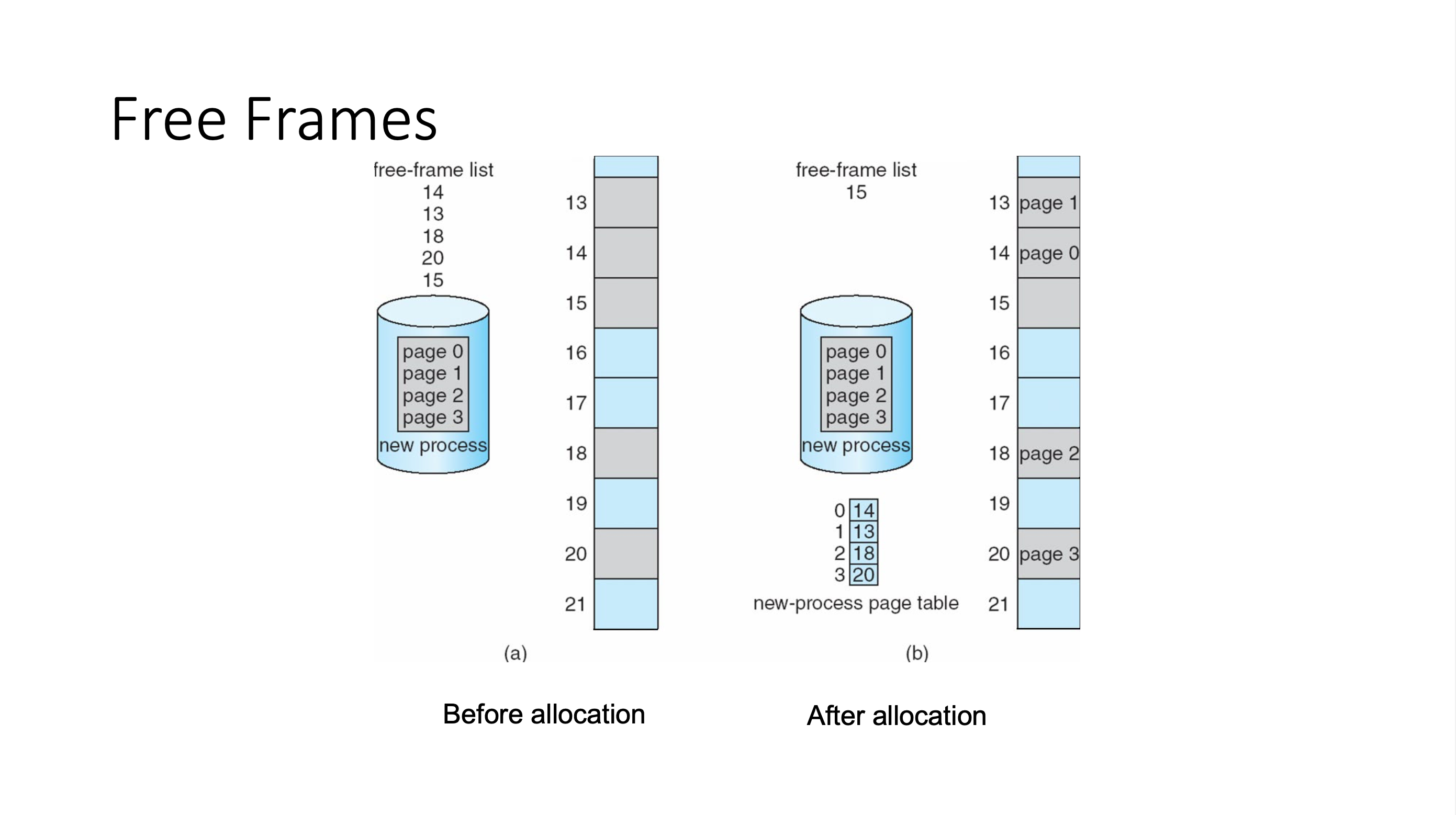
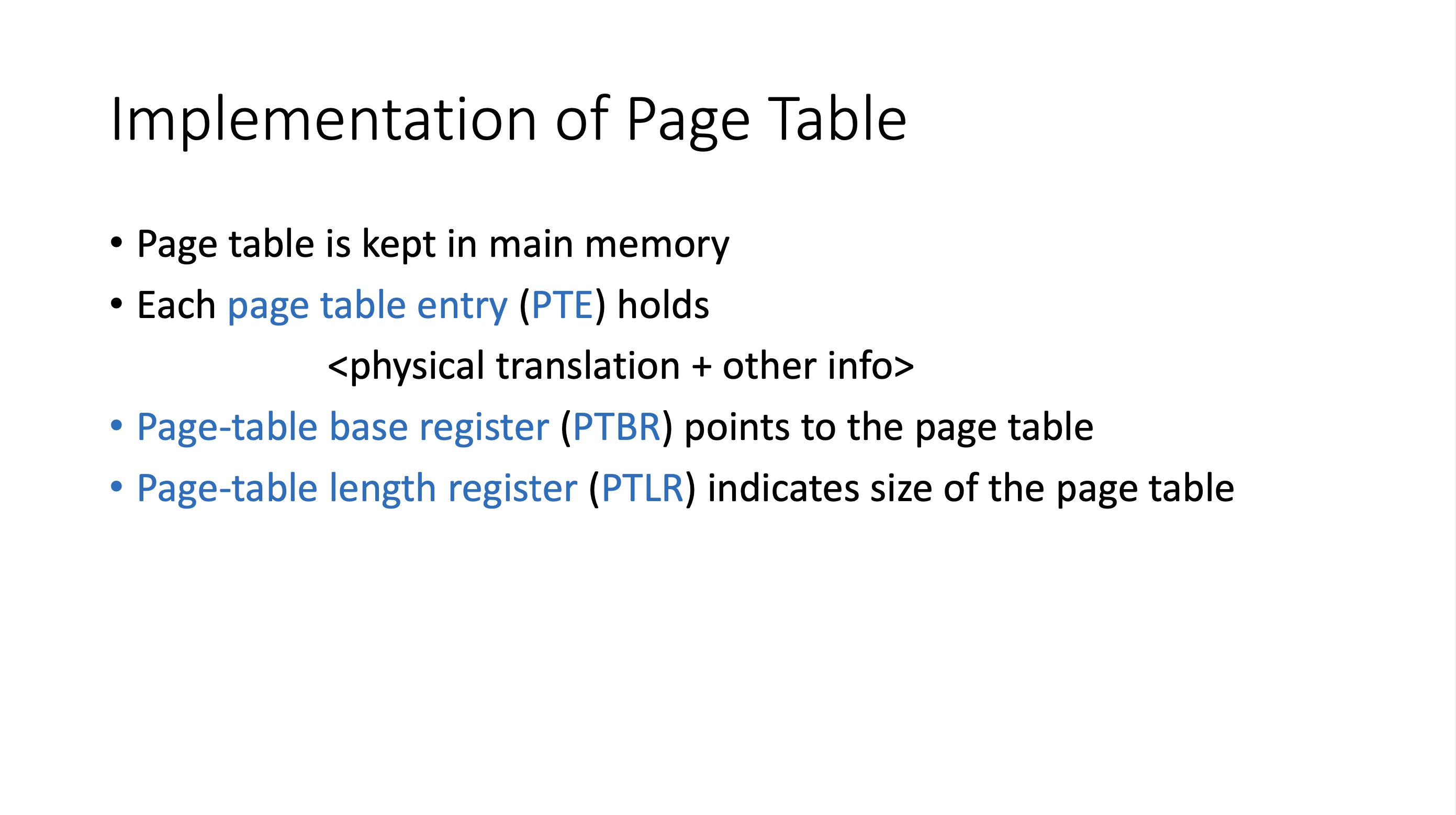
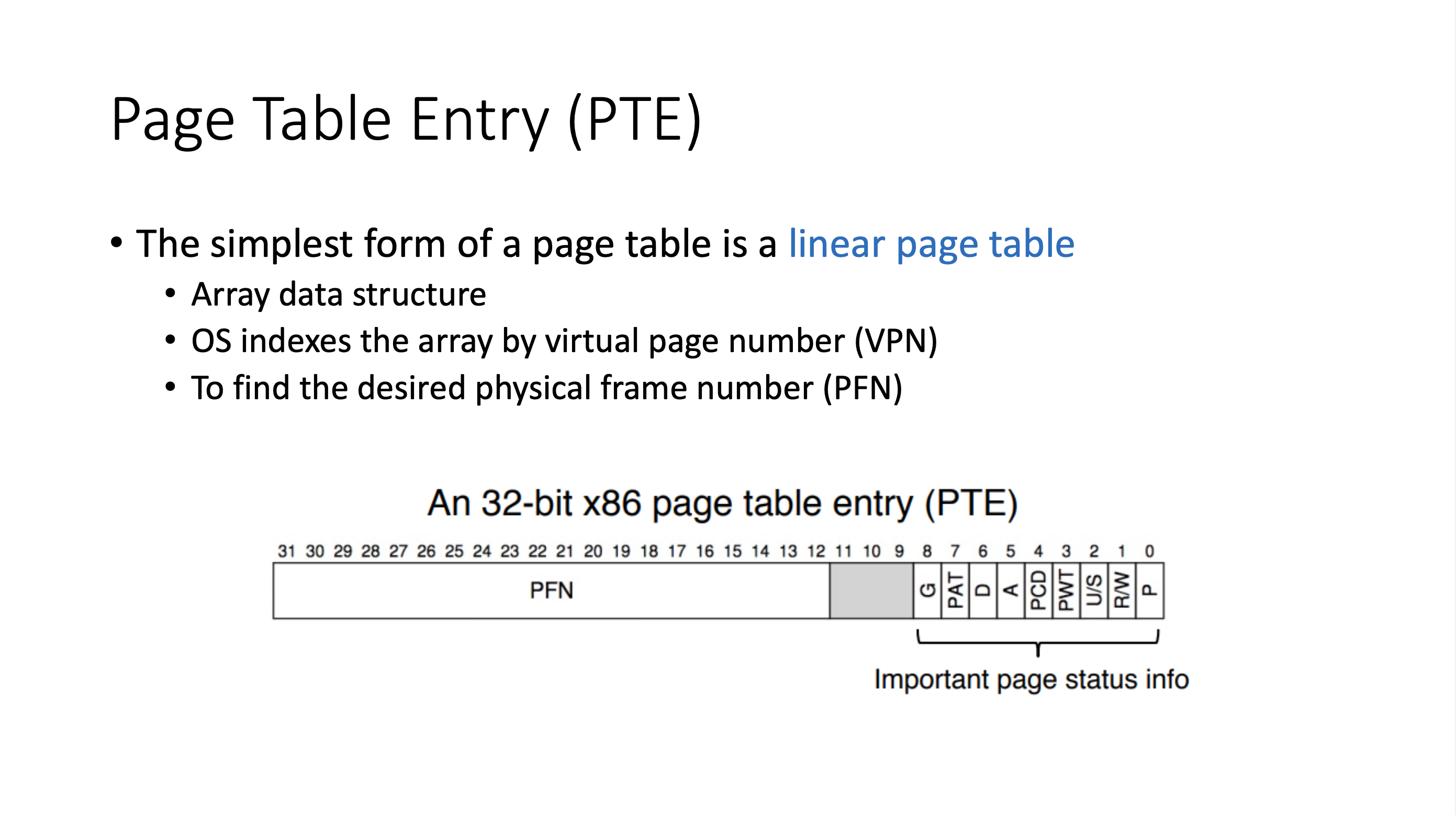
Dis the dirty bit, which indicates “write needs to be updated on disk”Ais access bit, indicates if the page has been recently accessedR/Wis protection bit, indicates read or write permissionPis the valid/invalid bit, the “present” bit
Paging problems #

- where do we store the page table itself? in memory
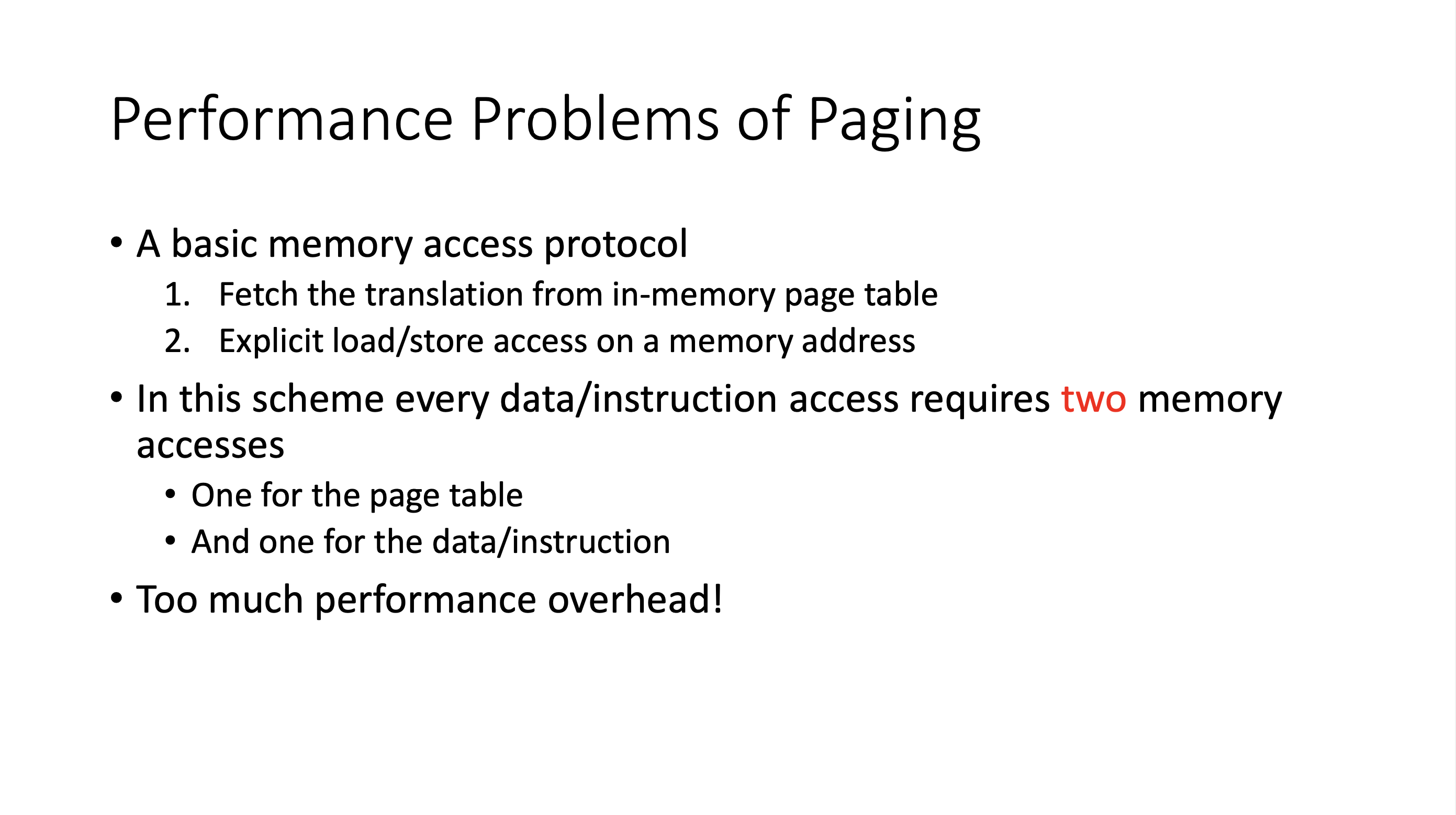
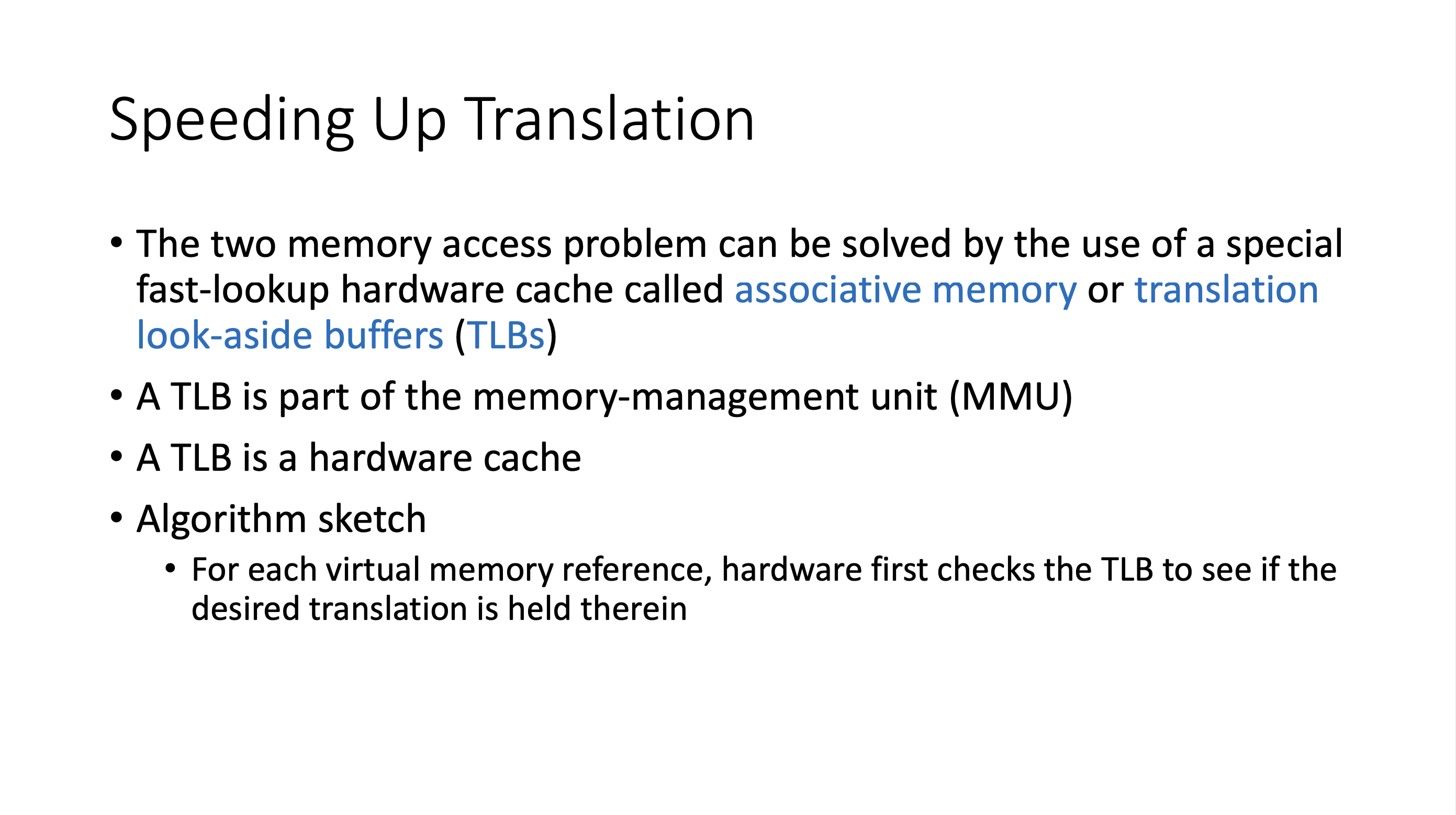
The TLB is the “translation lookaside buffer”. MMU is part of the CPU suite.
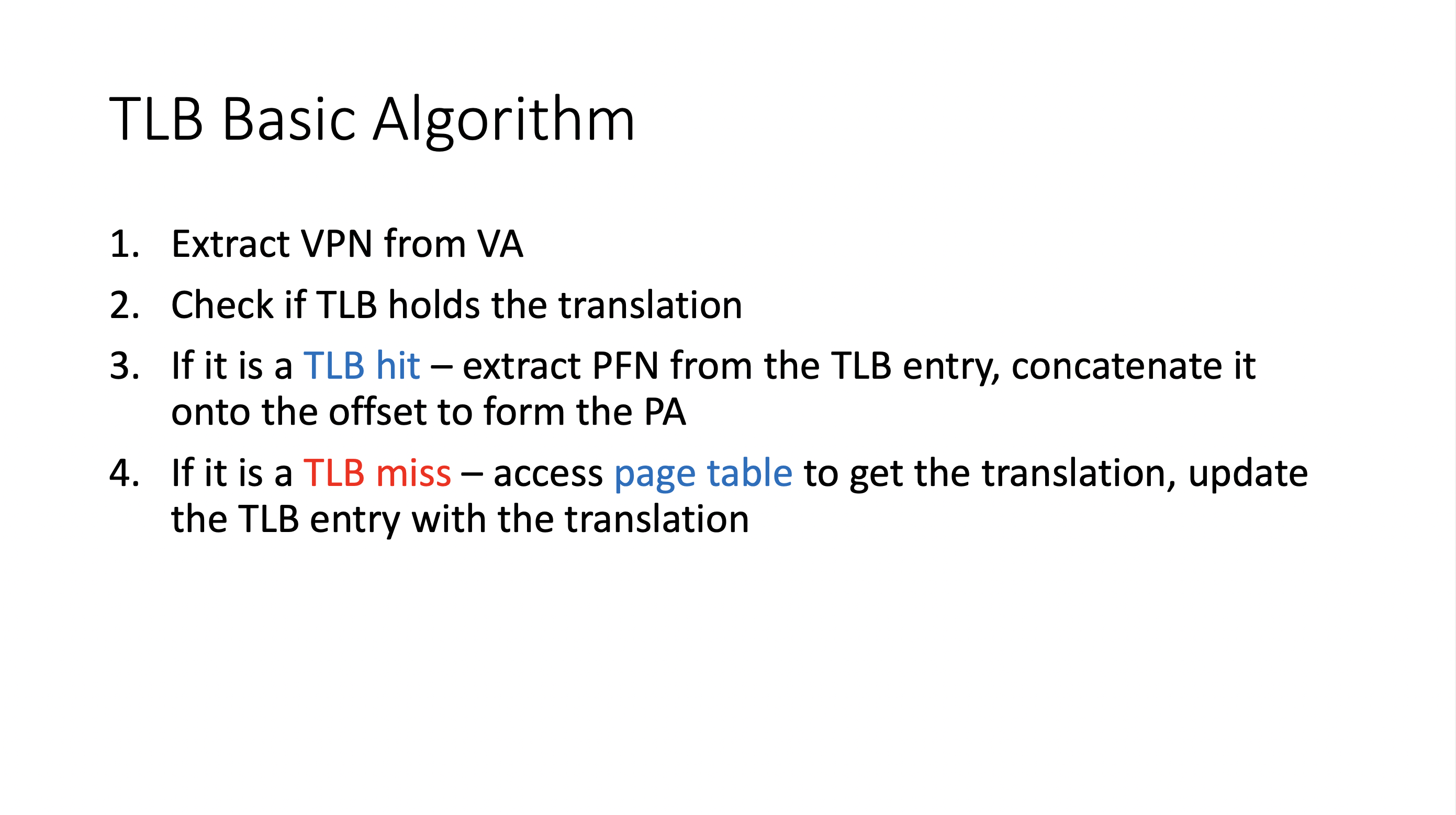
TLB Hit
- 1 TLB lookup
- 1 mem access (load/store)
TLB Miss
- 1 TLB lookup (miss)
- 1 mem access(page table lookup)
- 1 TLB update
- 1 mem access (load/store)
We want a high TLB hit rate.
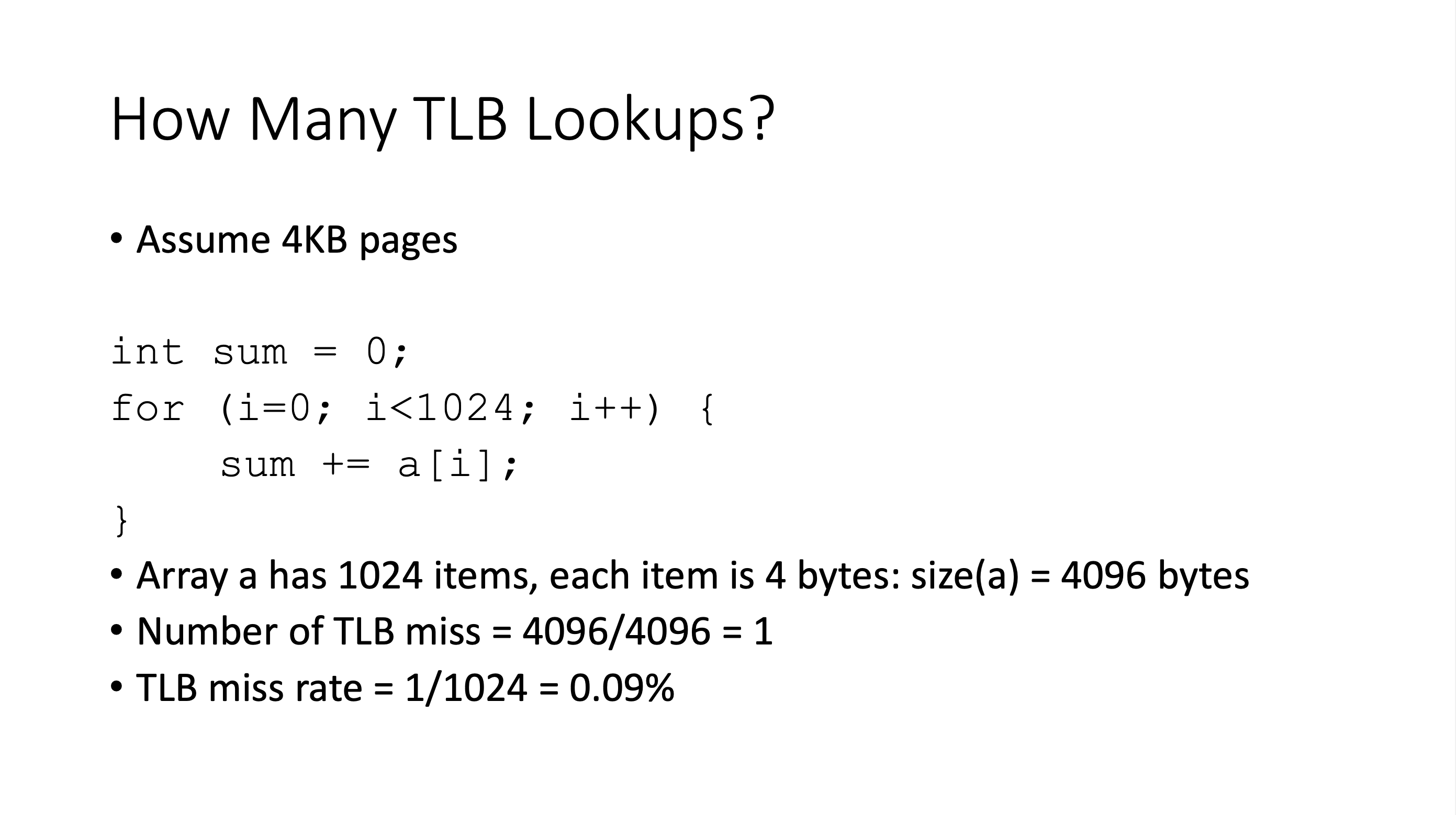
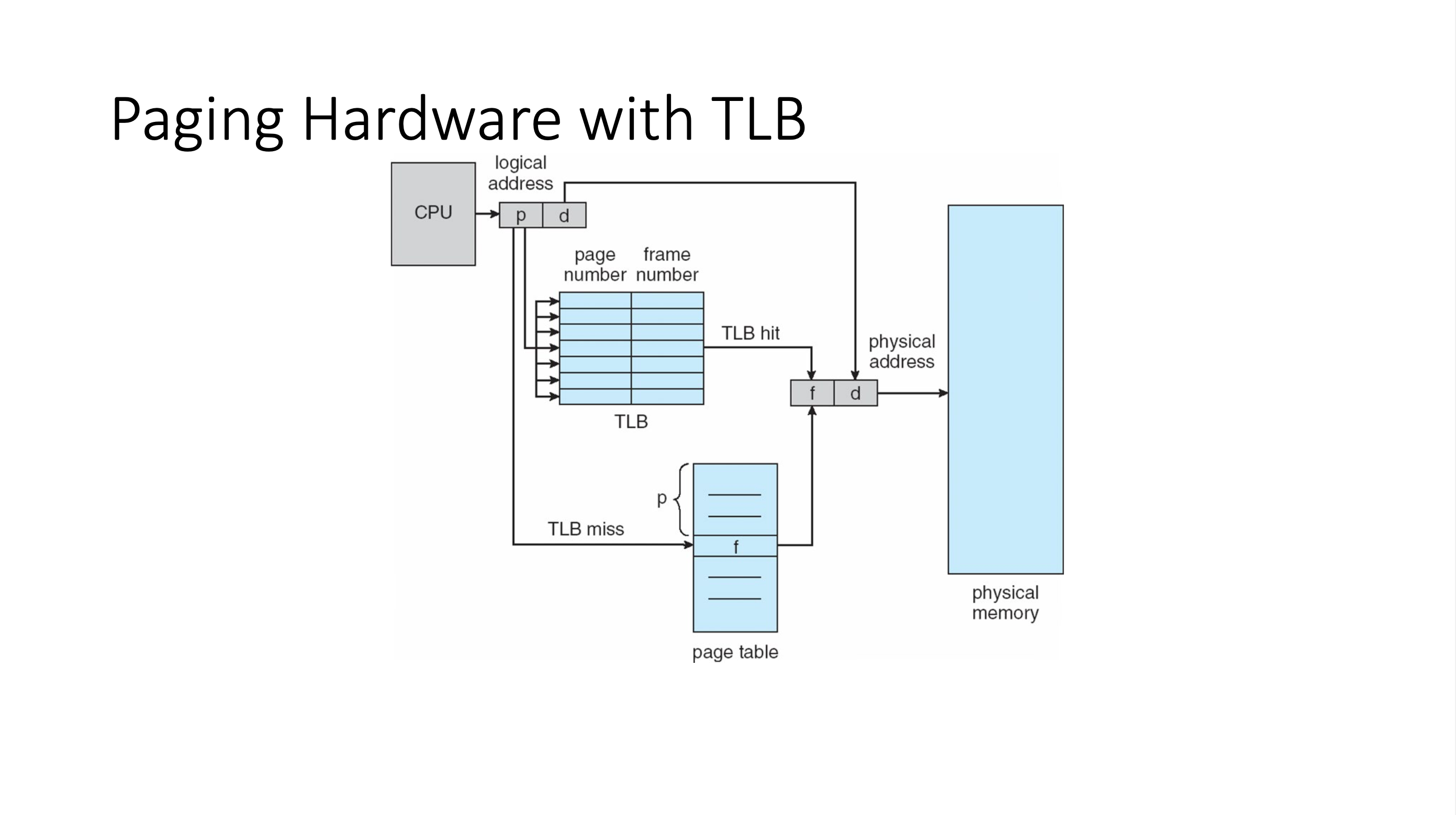
Effective access time #
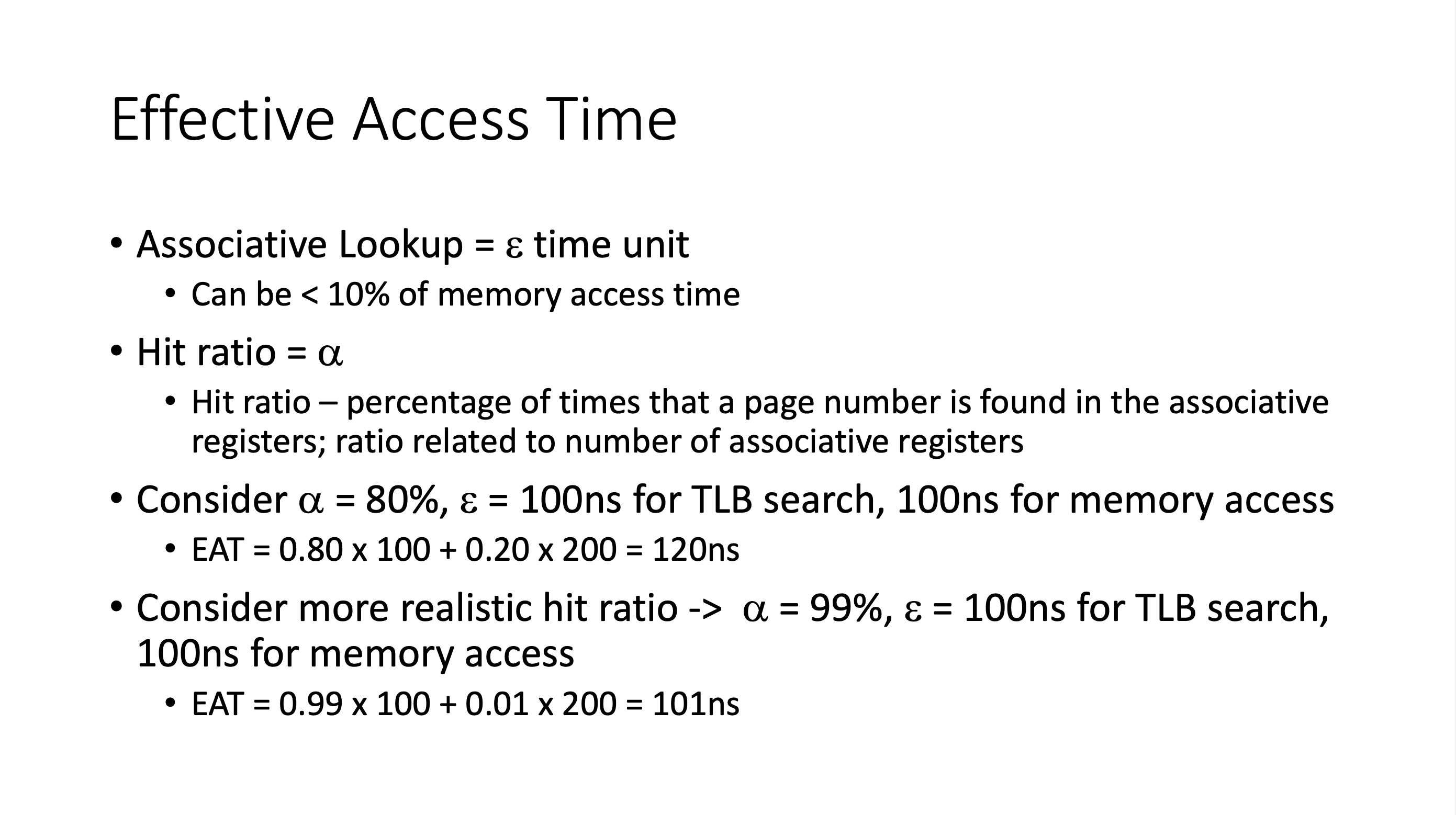
Structure of a page table #
